It used to be very difficult for women in the wine profession. At one-point women were even prohibited from working in wineries. But things have changed. Women are starting a worldwide wine revolution. The women mentioned below are just the tip of the iceberg.
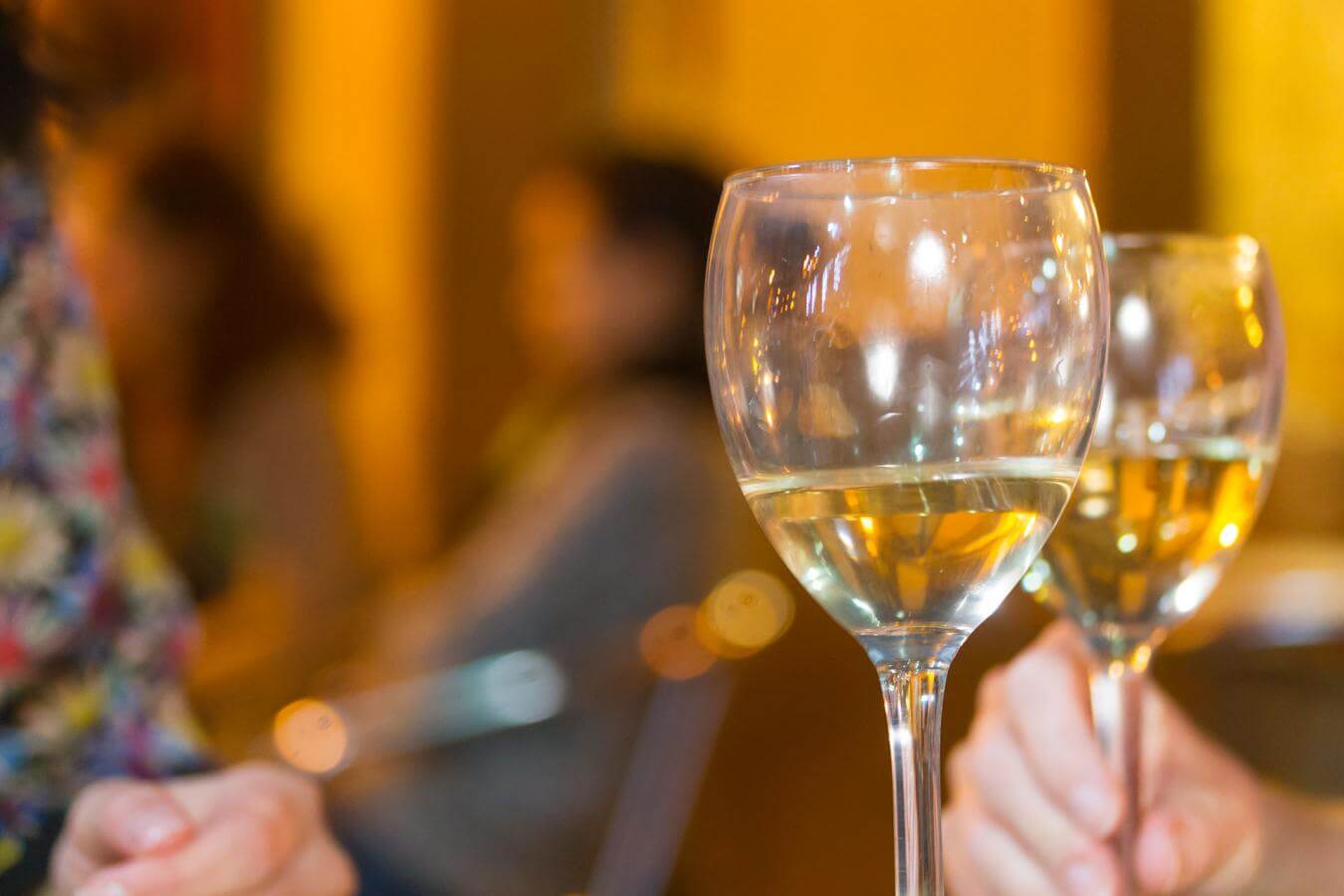
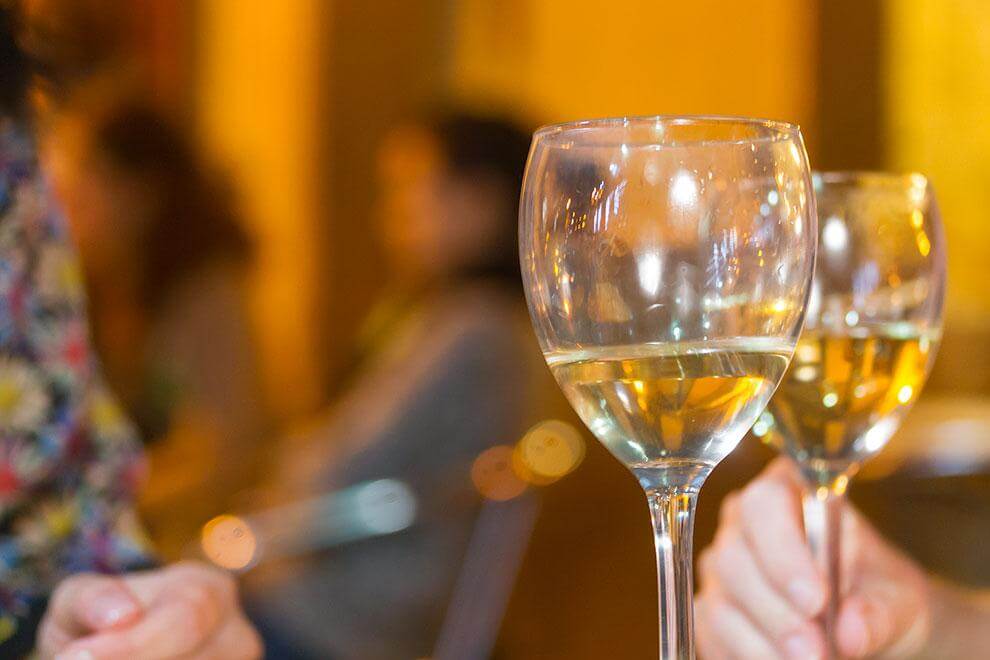
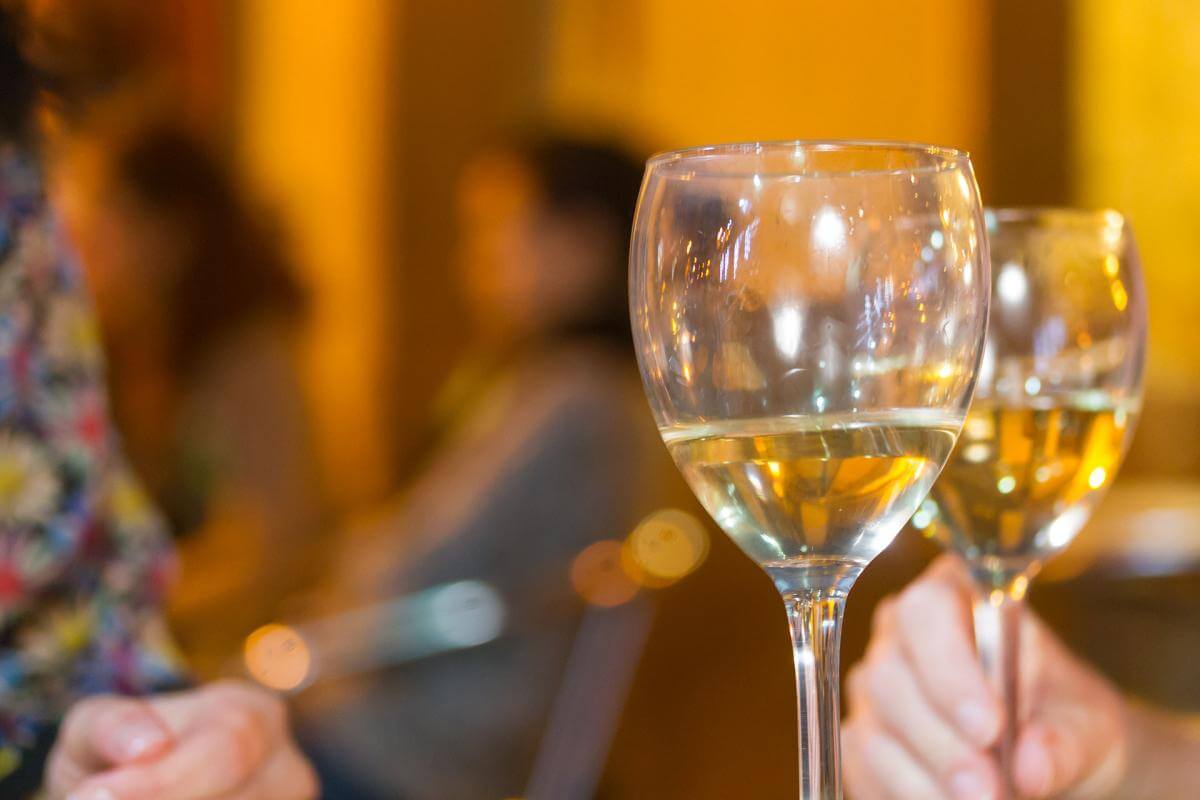
The seven largest islands in the Canarian archipelago have cultivated vines and harvested grapes – many of which are varieties unique to the islands –, since the arrival of the first European conquerors and settlers in the 15th century. The oldest, the Aníbal vineyard was established in Fuerteventura at some point between 1402 and 1412 when the son of the conqueror Gadifer de La Salle spent some time on the island.
Soon after this Tenerife (in 1497) and El Hierro (in 1526) joined Fuerteventura in planting vines.
Until late in the twentieth century, the Canarian wine industry was dominated by men. Even if a woman inherited a winery, there was a law which meant control had to be passed to a man.
For example, La Isleta, the centennial winery in Tenerife, has been in the hands of the same family since February 18, 1868, when Tomás González Julián bought the estate from Lucía Hidalgo Álvarez who had acquired the property by parental inheritance but was unable to make use of the land herself.
Further evidence for discrimination against women can be seen in the fact that until recently the belief persisted that women should not enter a winery because if they did so during menstruation, the wine would spoil. Ricardo Sosa, or Ricardito, from the Monte Lentiscal wine region in Gran Canaria who was famous as much for his long life (he lived to the age of 106) as his bulk wine kept a poster on the entrance to his wine cellar which said: “no smoking. No women.” During an interview in 1997, Sosa (who was by then 103 years old) was asked to explain the message. “I stopped smoking ten years ago,” he said. He was then pushed on the statement about women. “For profit,” he explained. “So that they don’t spoil the liquid.”
“I never believed the story about how women could make wine go bad. It was just a way for men to stop the women from bothering them in the winery,” said Marcelo Robayna, a veteran winemaker.
In recent times things have changed. And now there are a number of successful wineries in the Canary Islands run by women. Eufrosina Pérez runs a winery called El Níspero (situated at 1,250 metres above sea level on the island of La Palma) which in 1999 rose to fame with the first monovarietal white albillo creole grape bottled and labelled on the archipelago. With only two daughters – and with the law changed regarding inheritance – when Pérez’s father grew old he didn’t have any choice but to allow his daughters to enter his winery and help him. “He had to value his daughters,” says Pérez. The men “had got used to having parties without being interrupted by women,” she adds. Not any more. The recent history of El Níspero is good evidence for the women’s wine revolution.
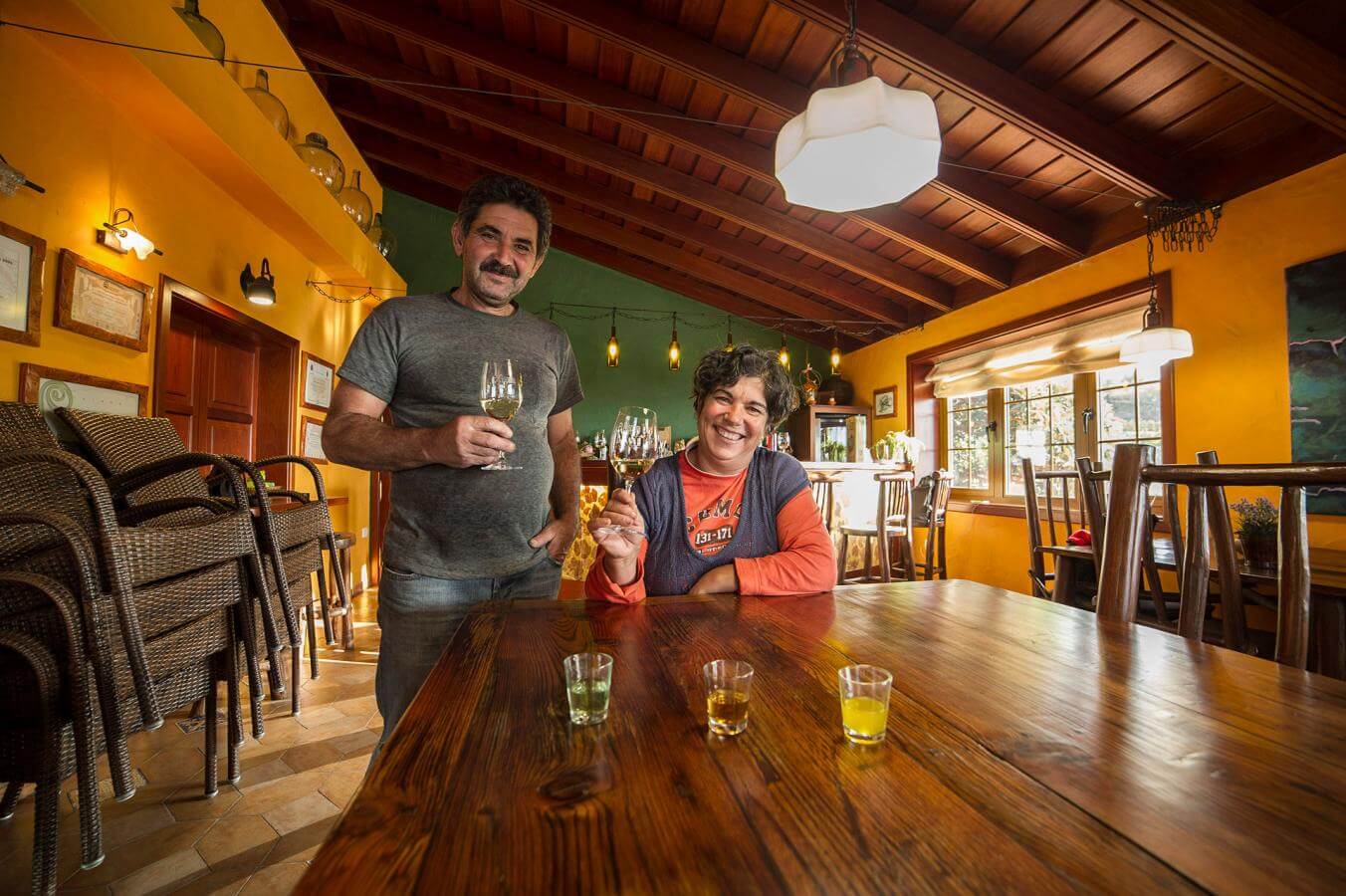
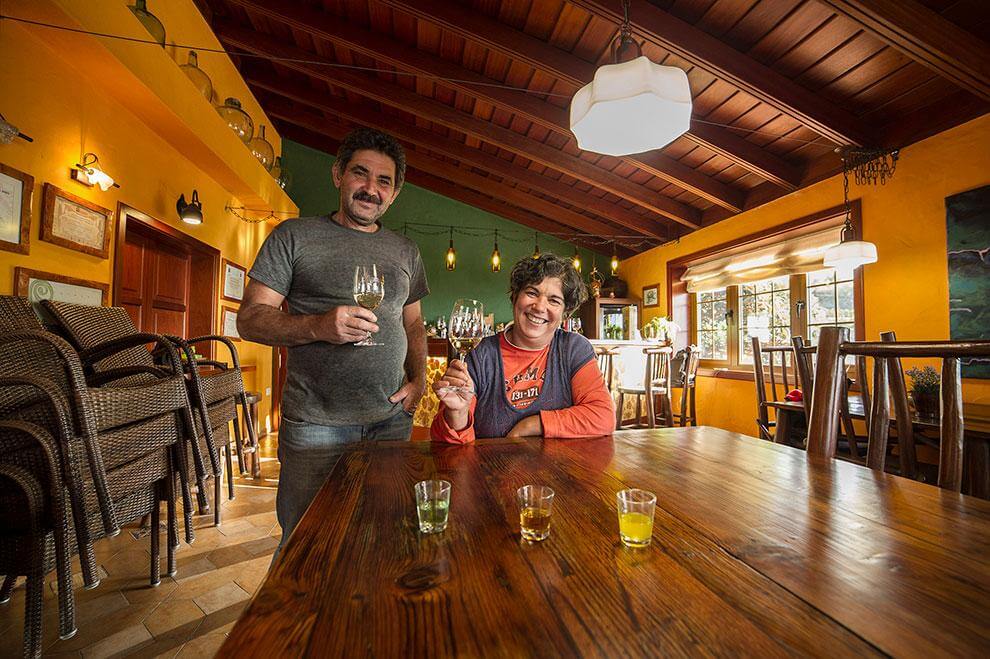
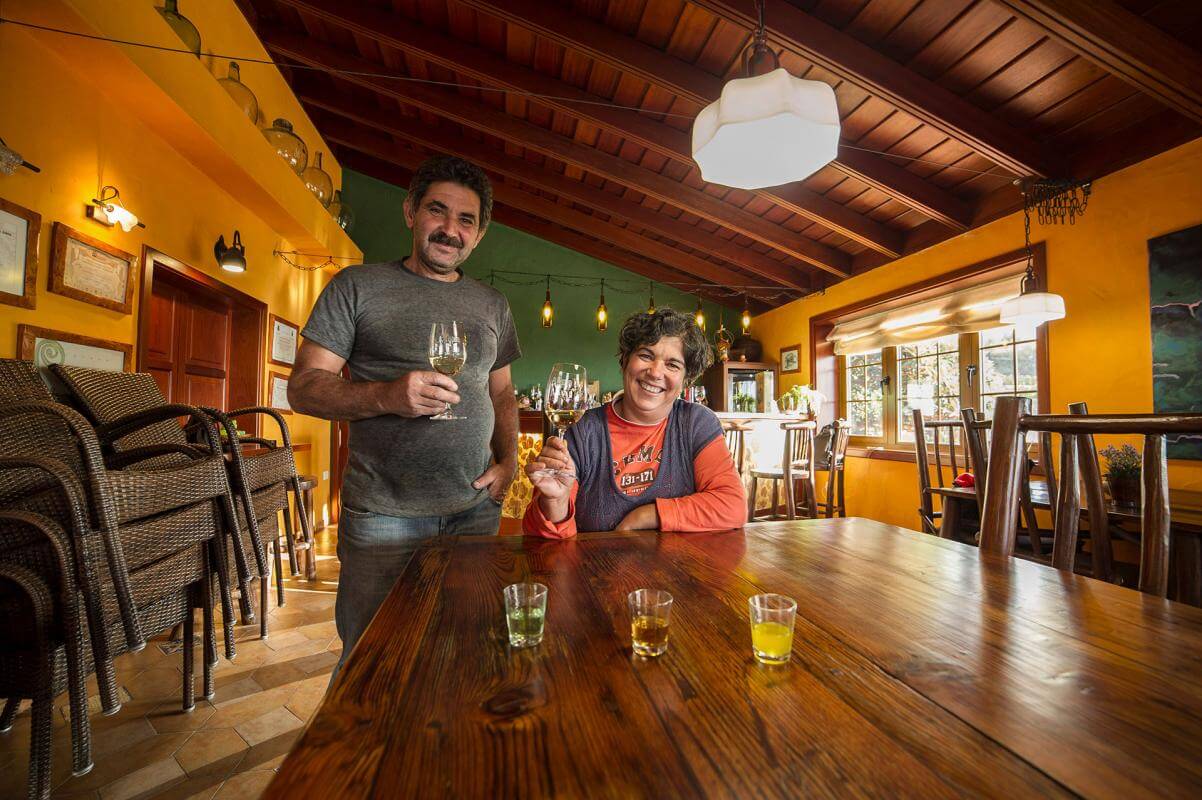
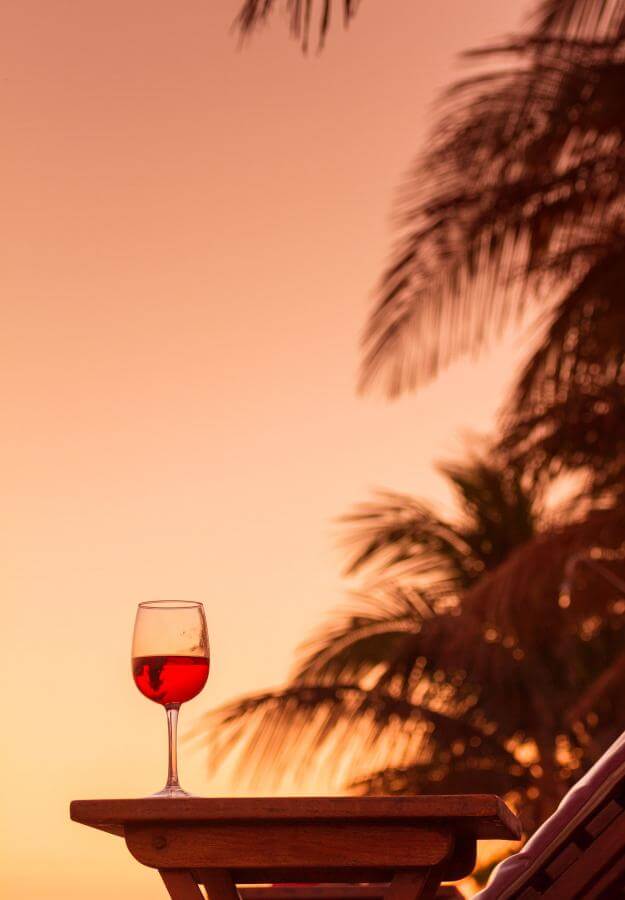
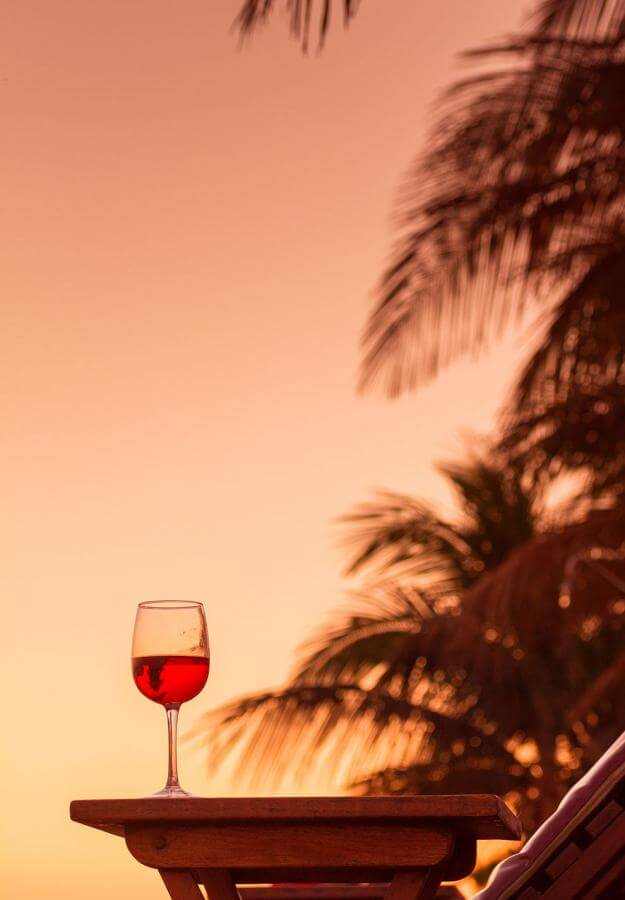
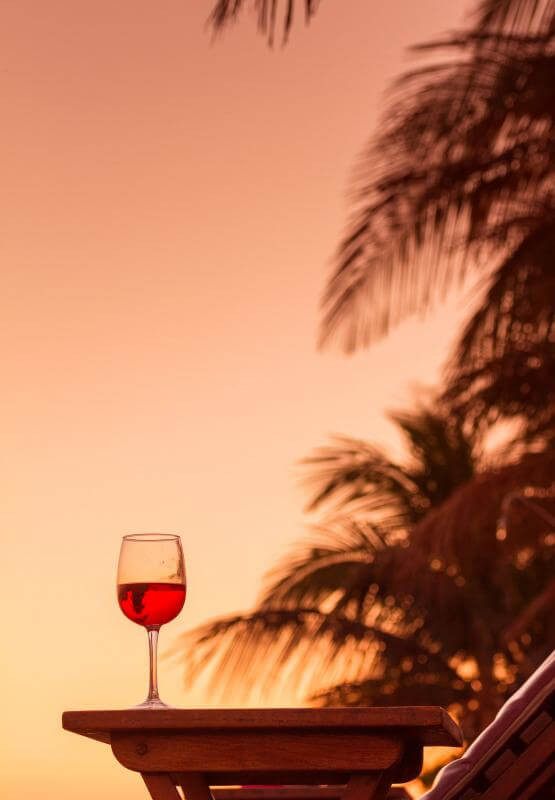
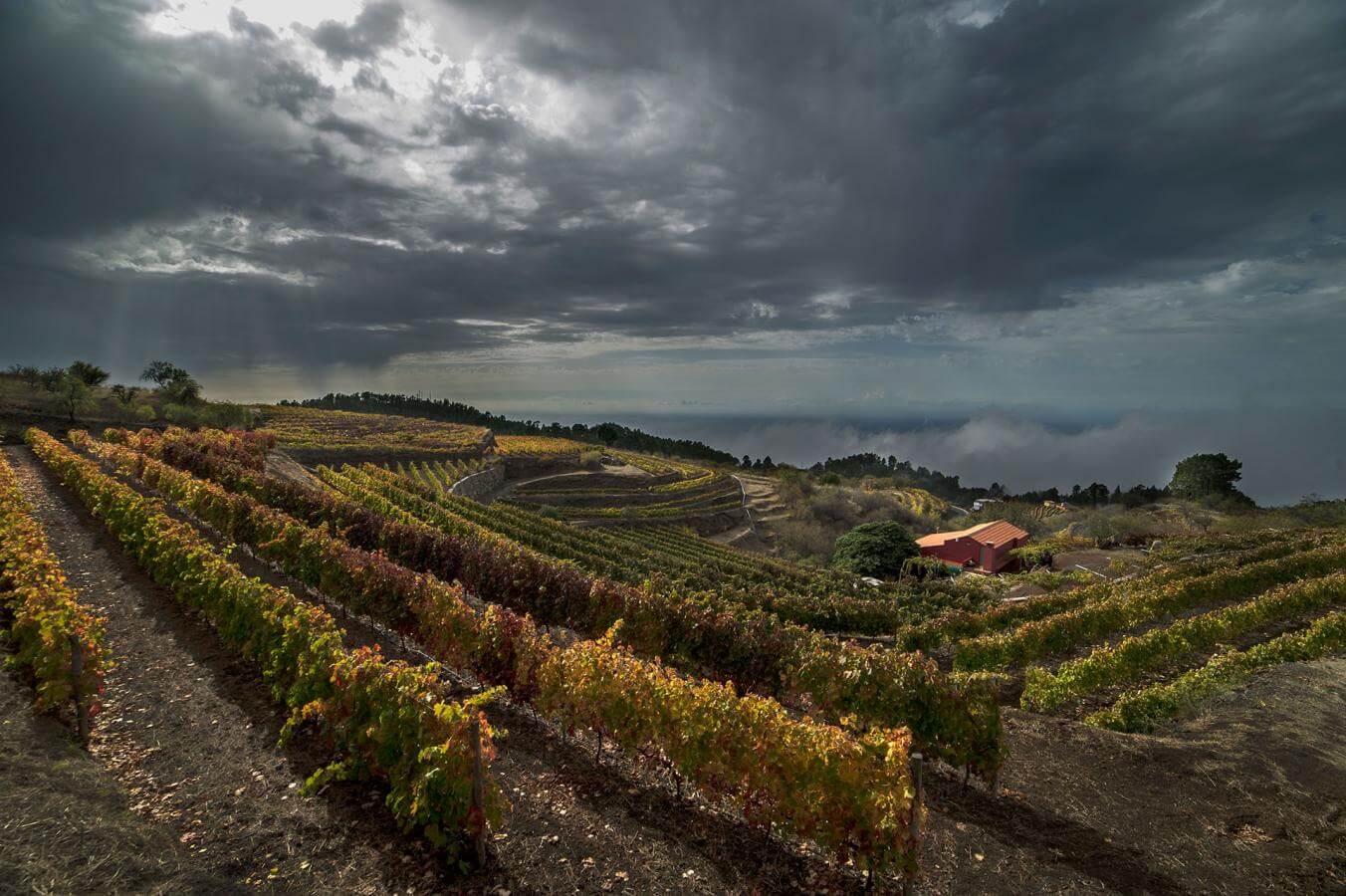
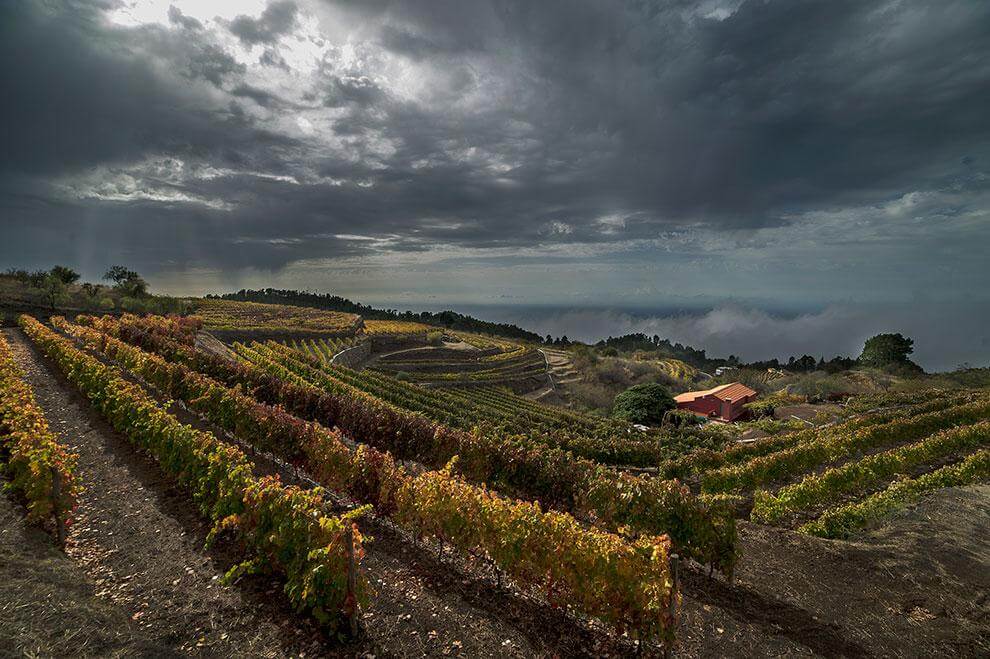
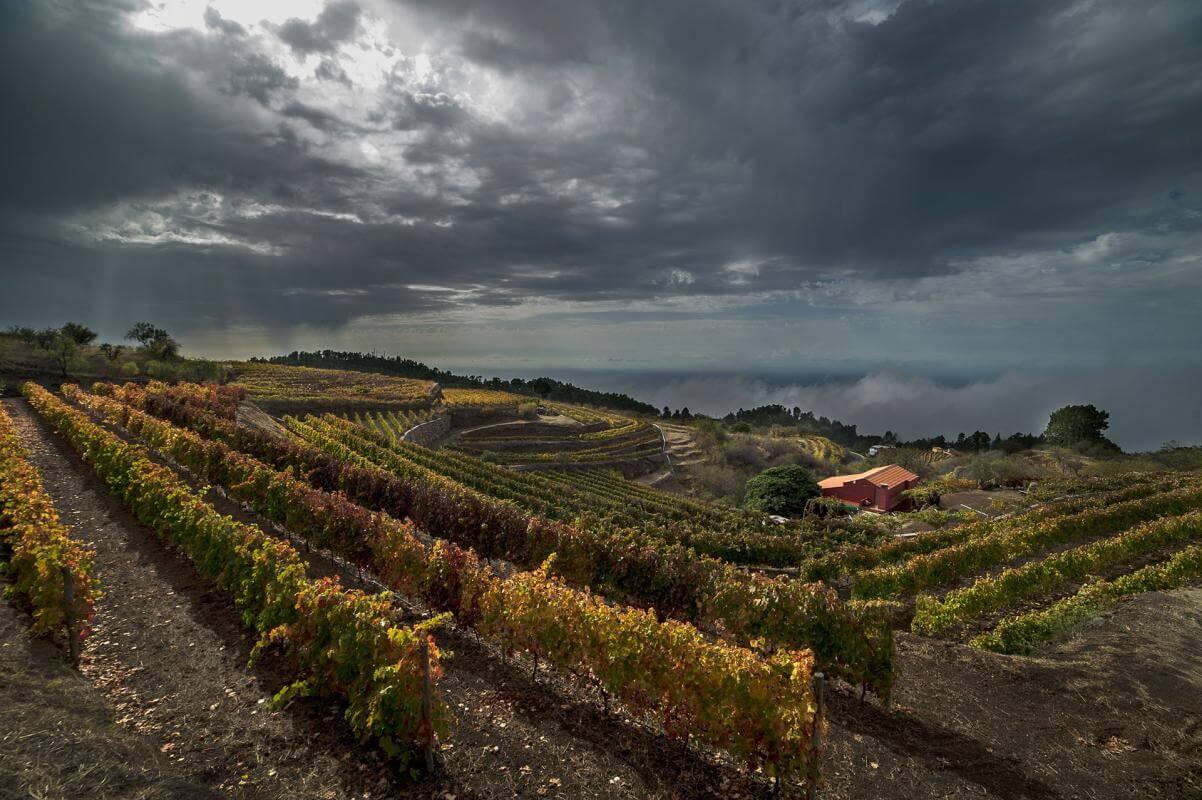
Another high altitude winery run by a woman is Agala, the Bentayga Bodega in Gran Canaria (situated at 1,295 metres above sea level). "It was my father who convinced me," Sandra Armas says. "My interest was sparked during the pruning season in 2008 … my father took advantage and quickly asked me [to take charge]”.
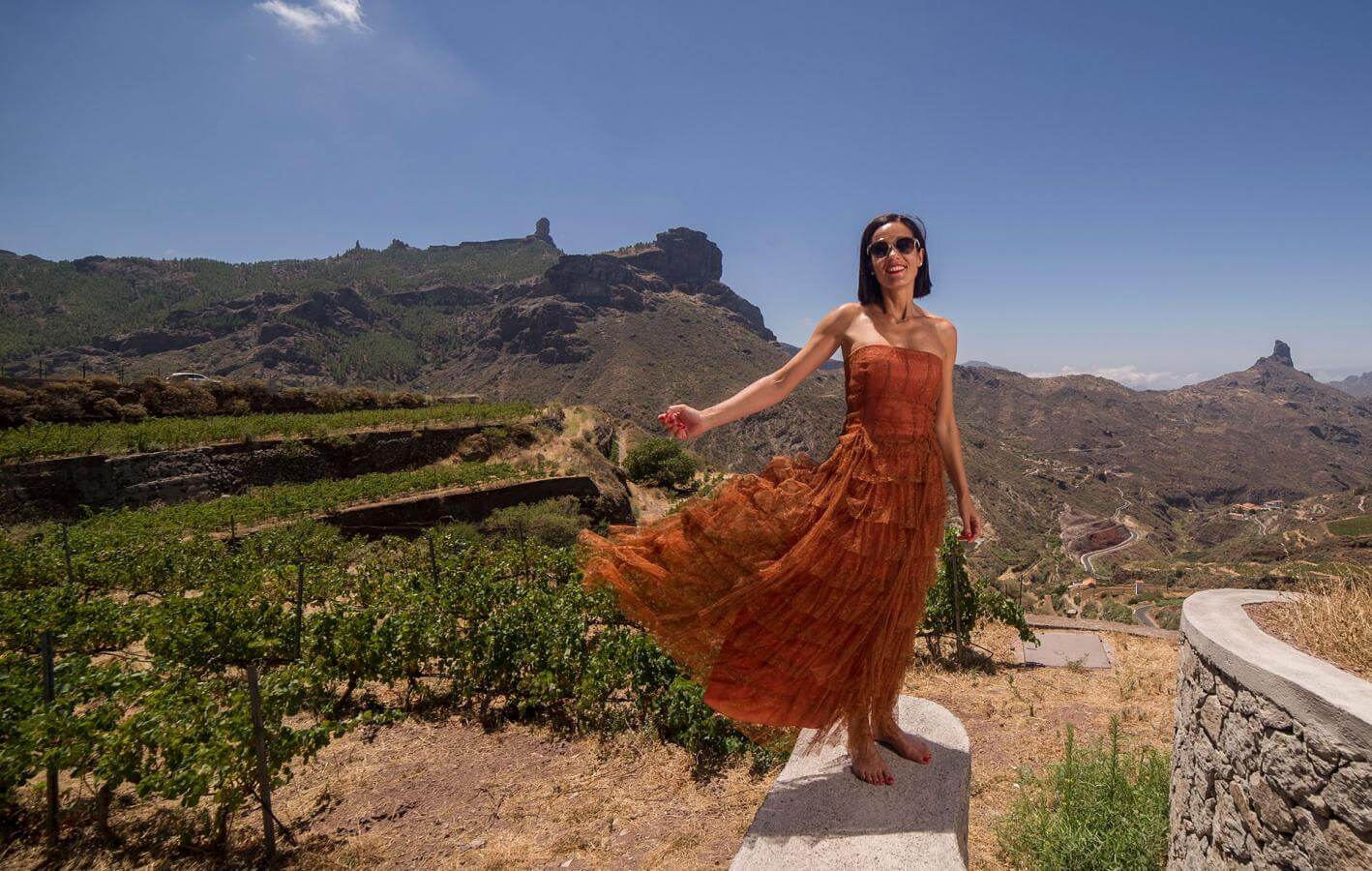
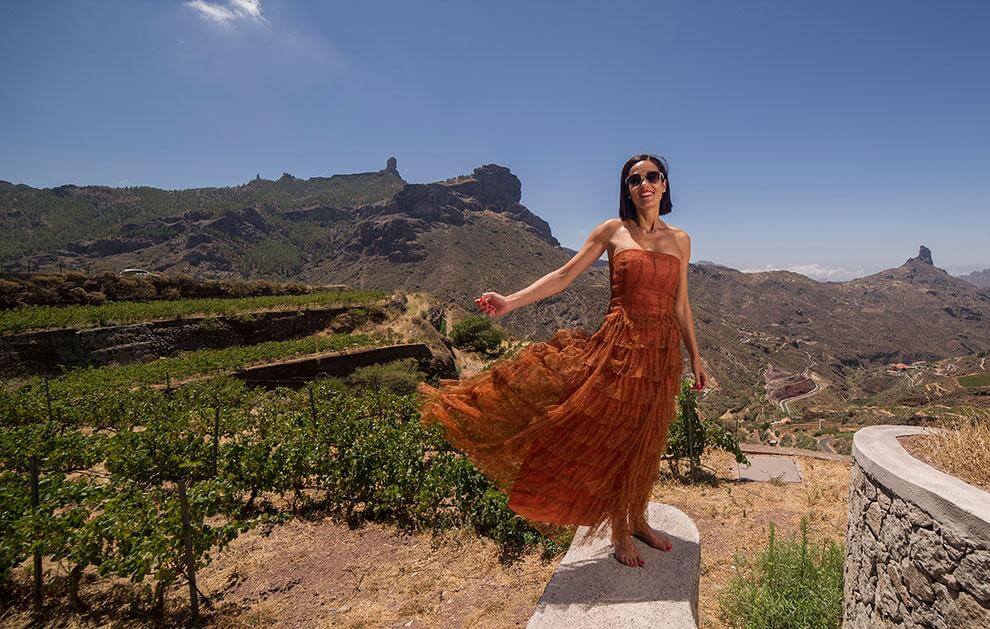
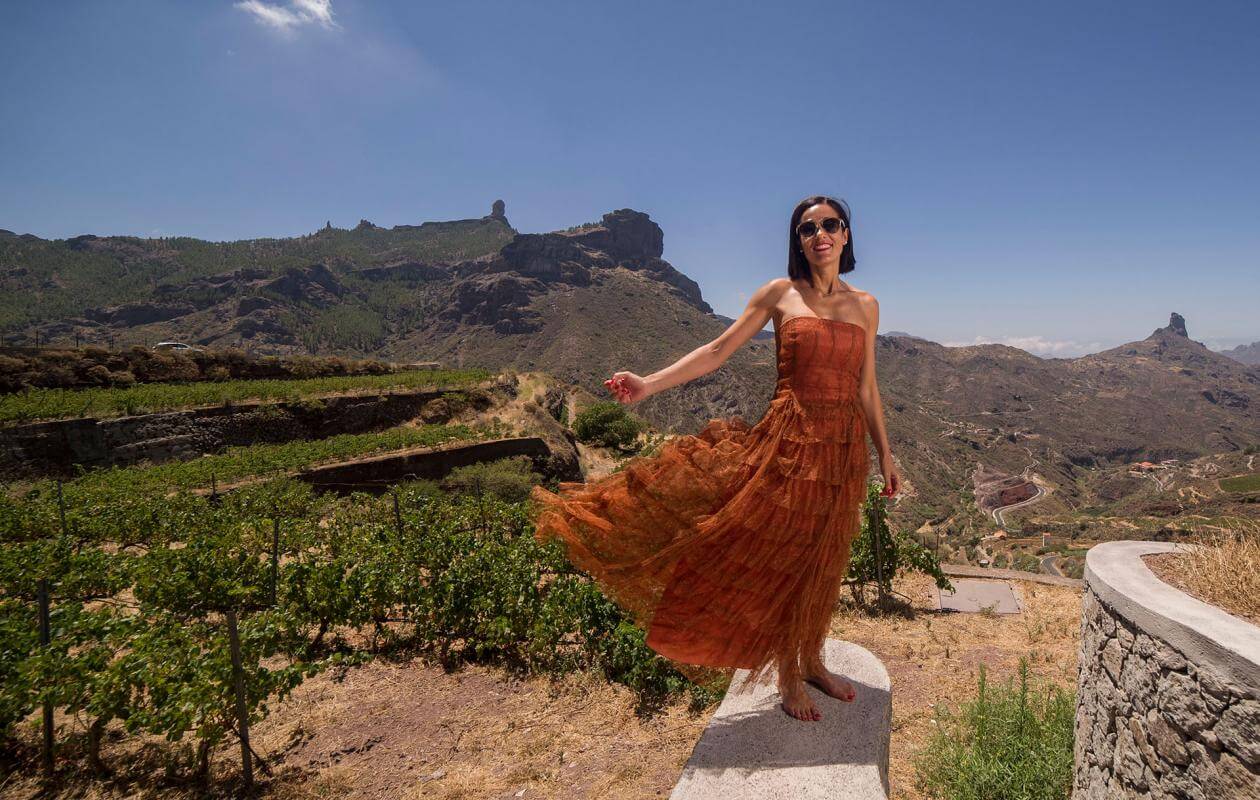
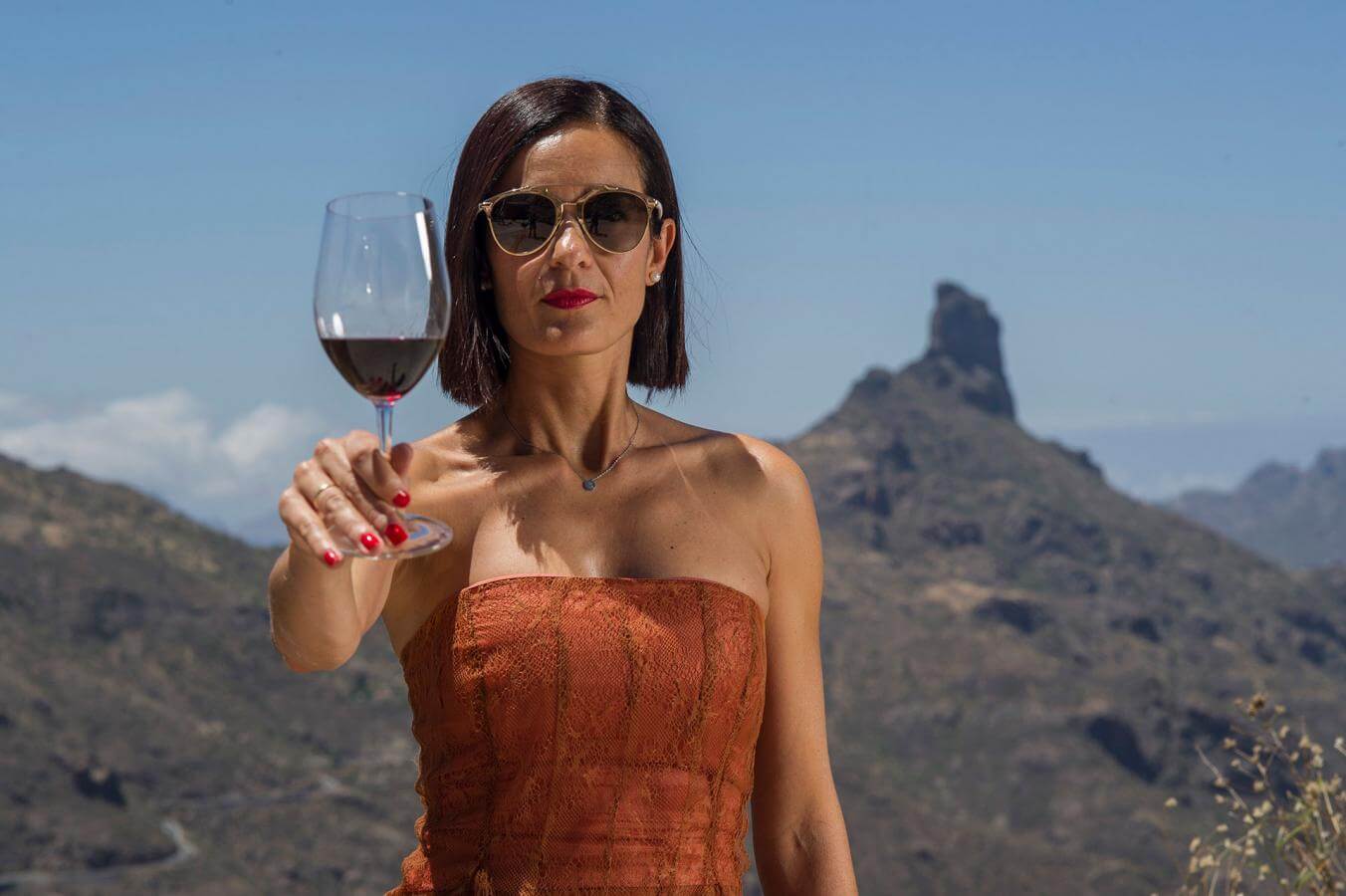
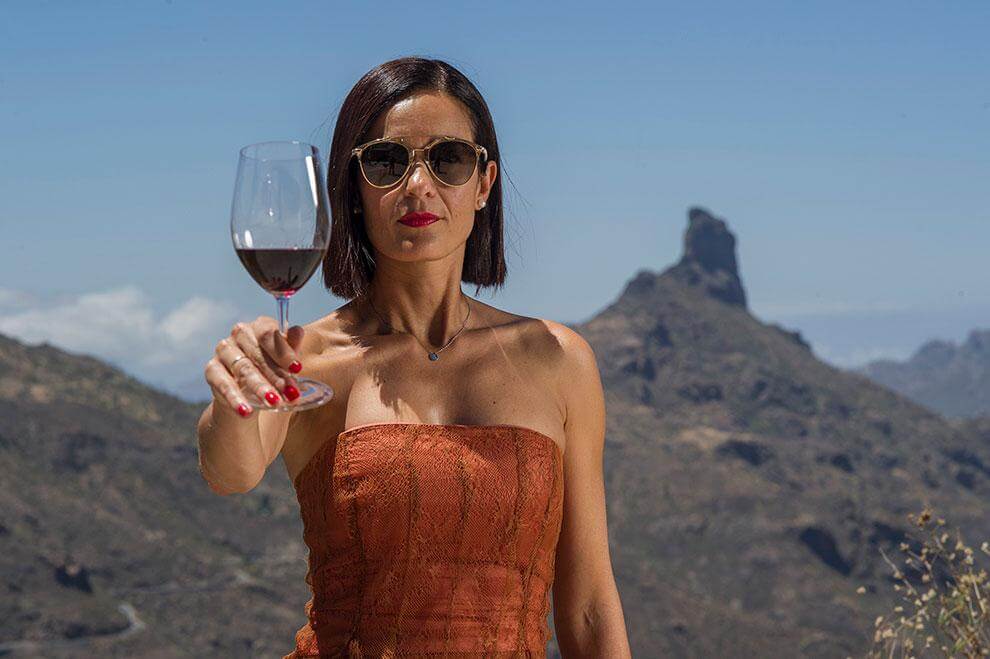
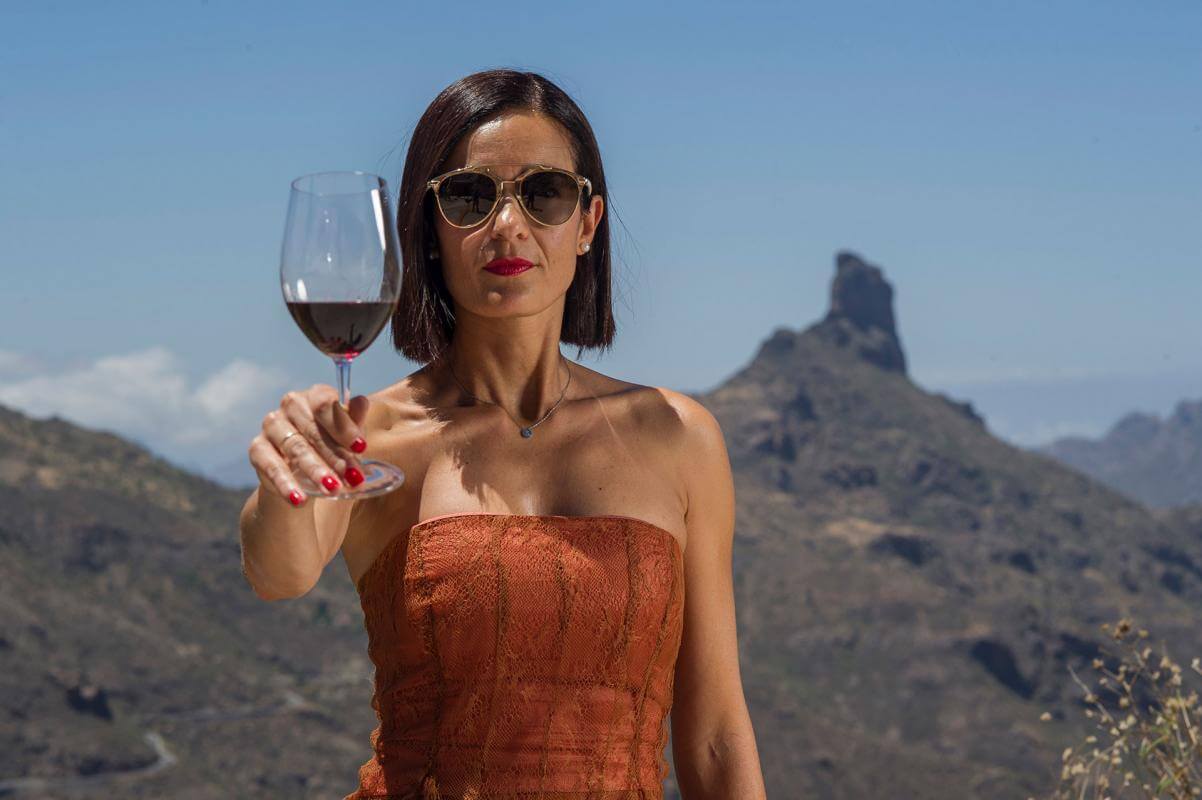
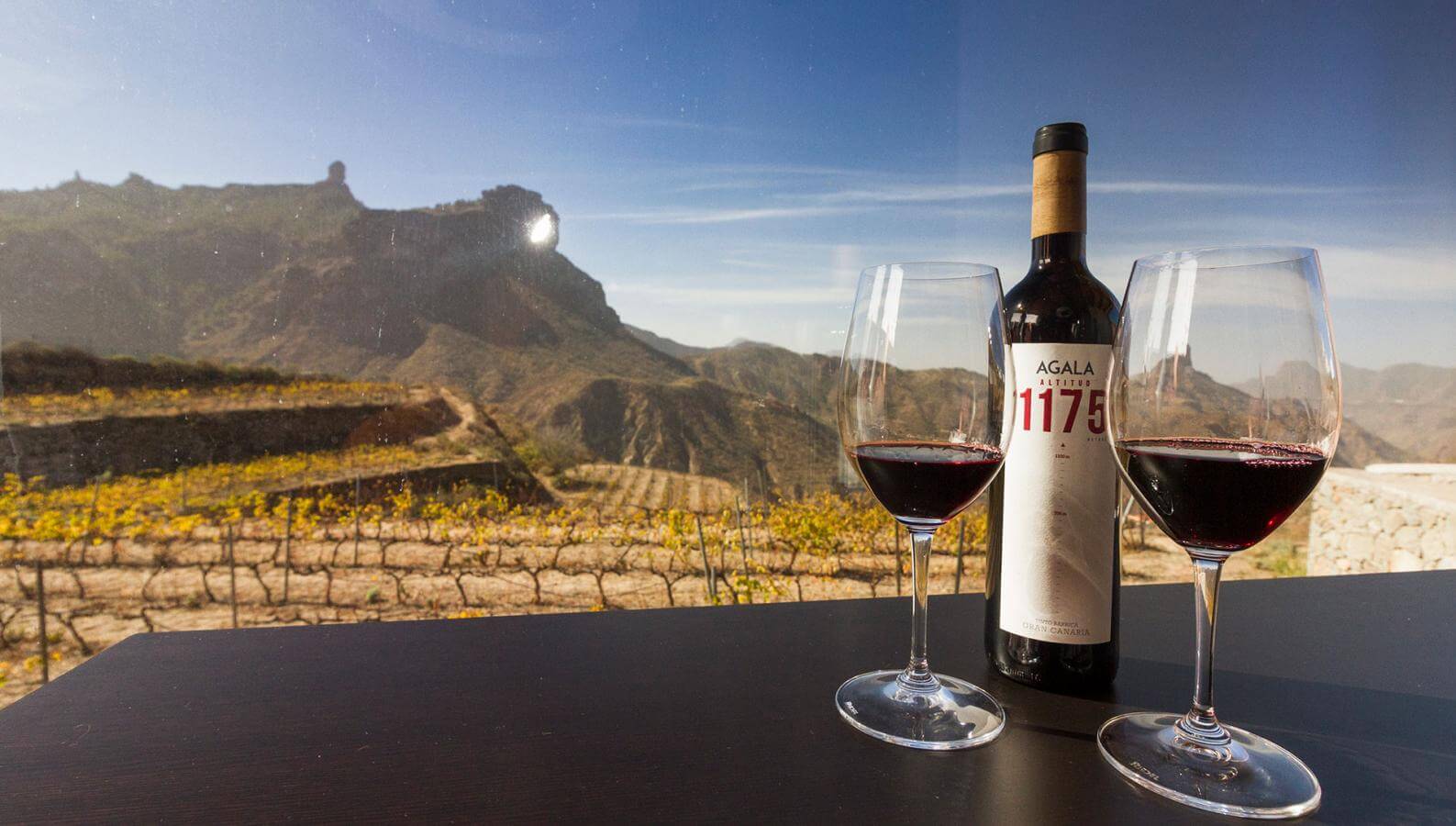
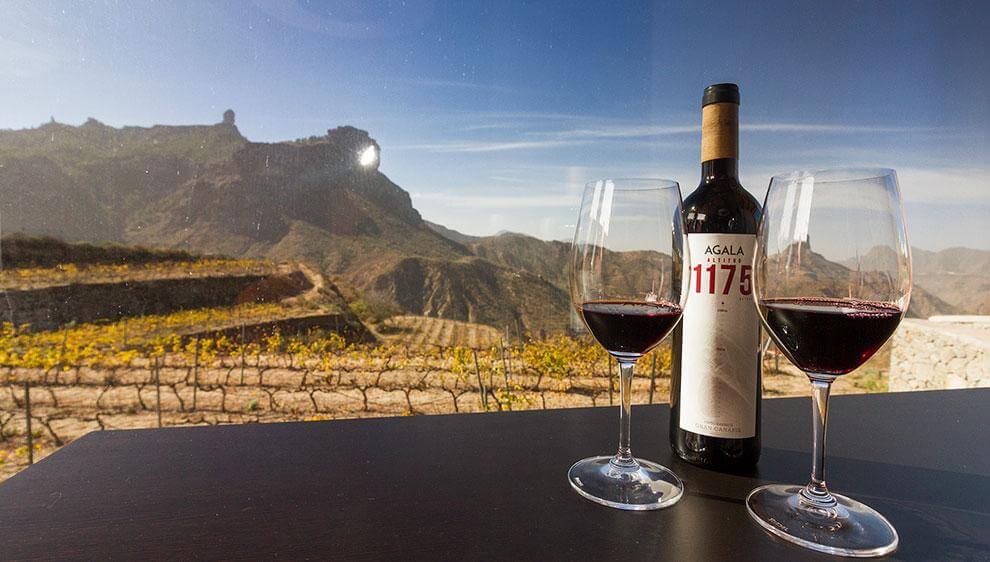
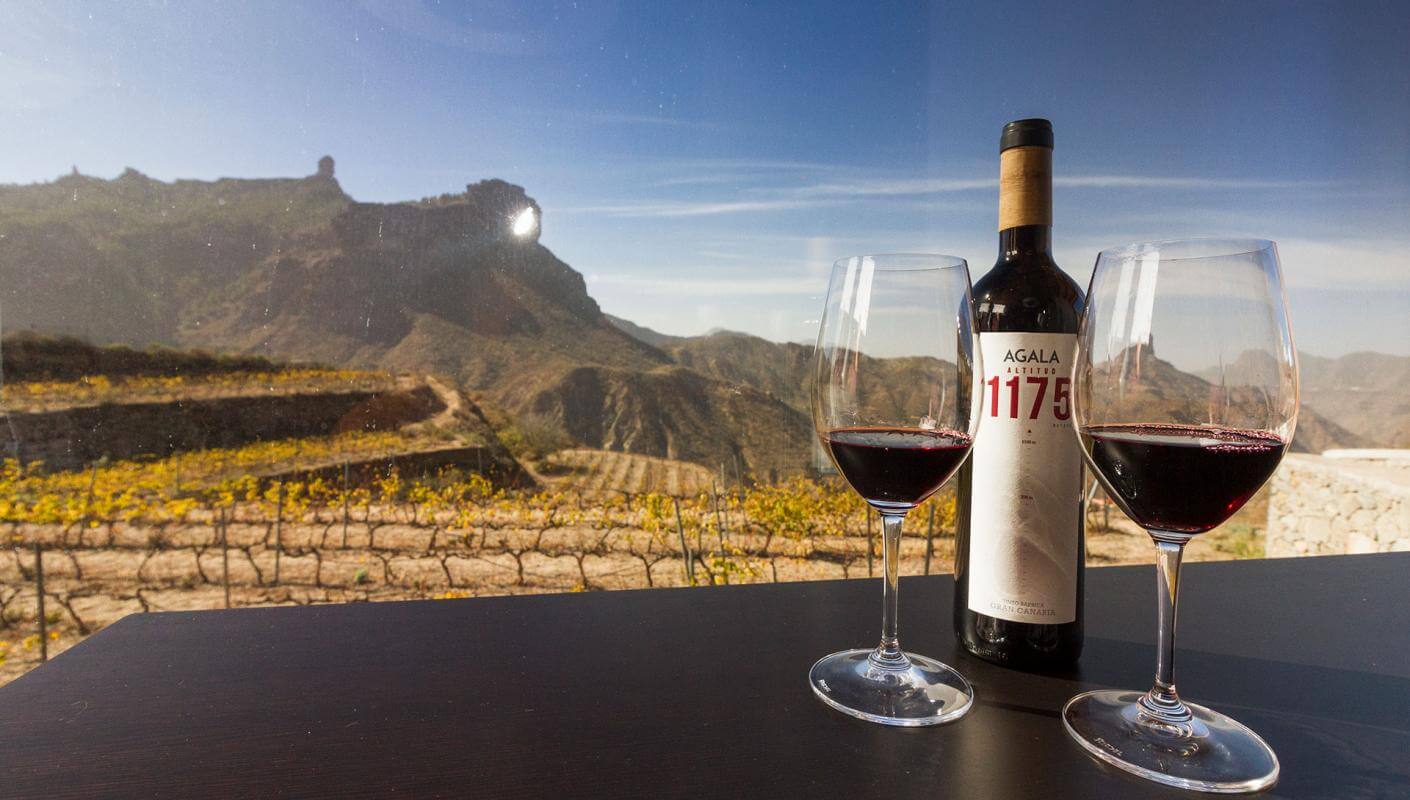
Mondalón is another wine cellar in Gran Canaria managed by a woman. “I started when I was twelve years old. For me [the wine business] was like a game that my family played. A kind of hobby that took shape over time," says Tamara Cruz. Cruz studied Hotel Management and Tourism. “I wanted to combine the winery with my work in tourism and my studies of wine and wine tasting. Of course, during the holidays, I went back for the grape harvest. I was always eager to learn, improve my knowledge,” Cruz adds.
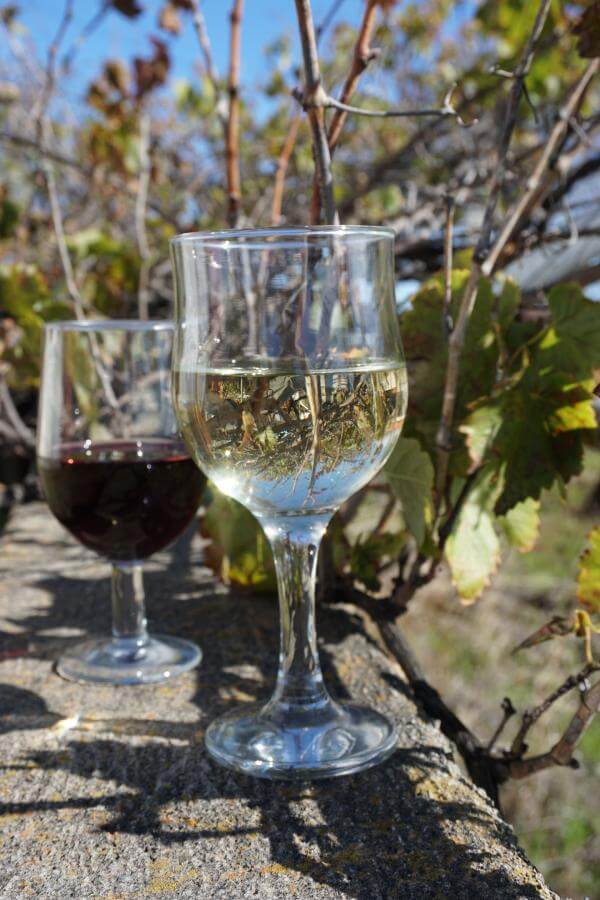
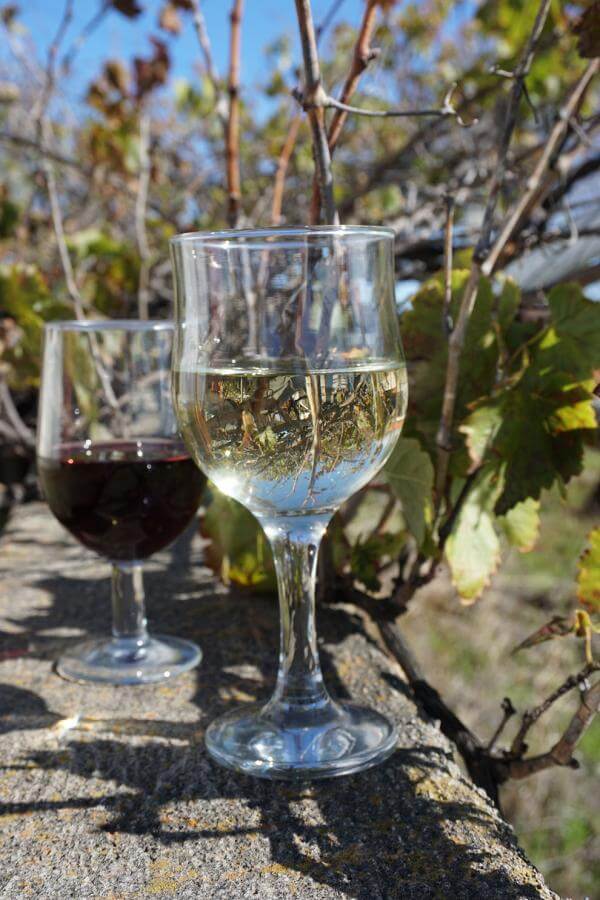
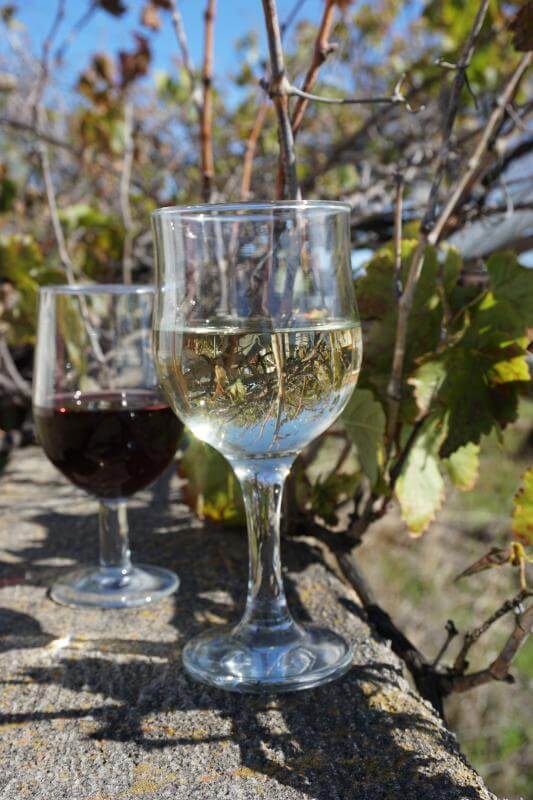
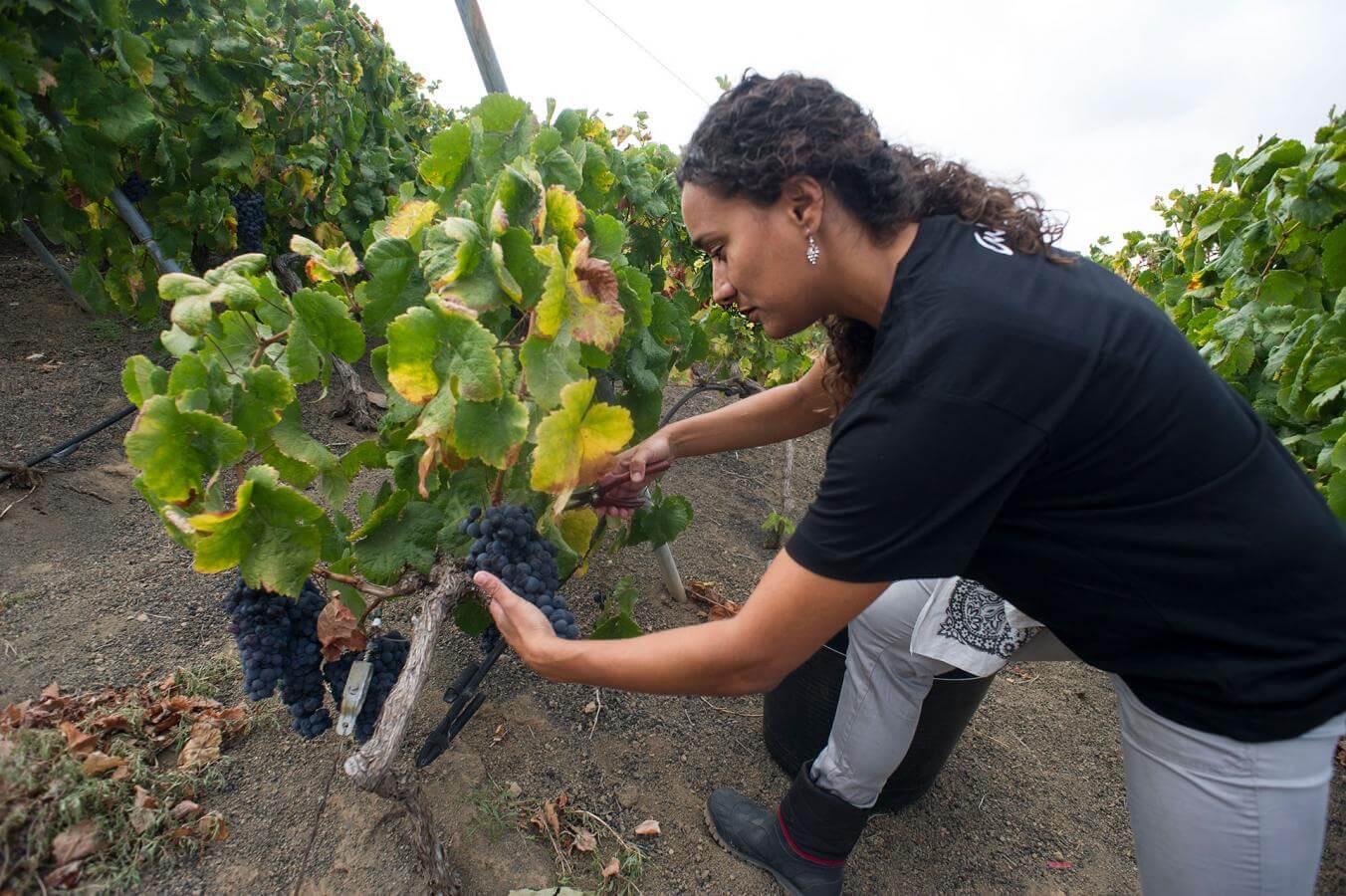
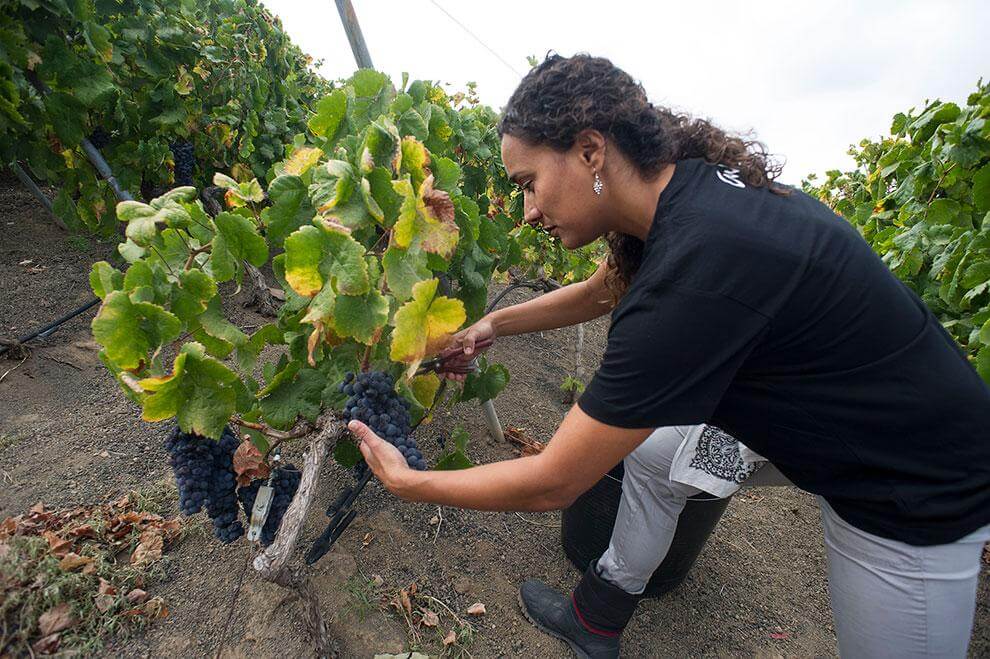
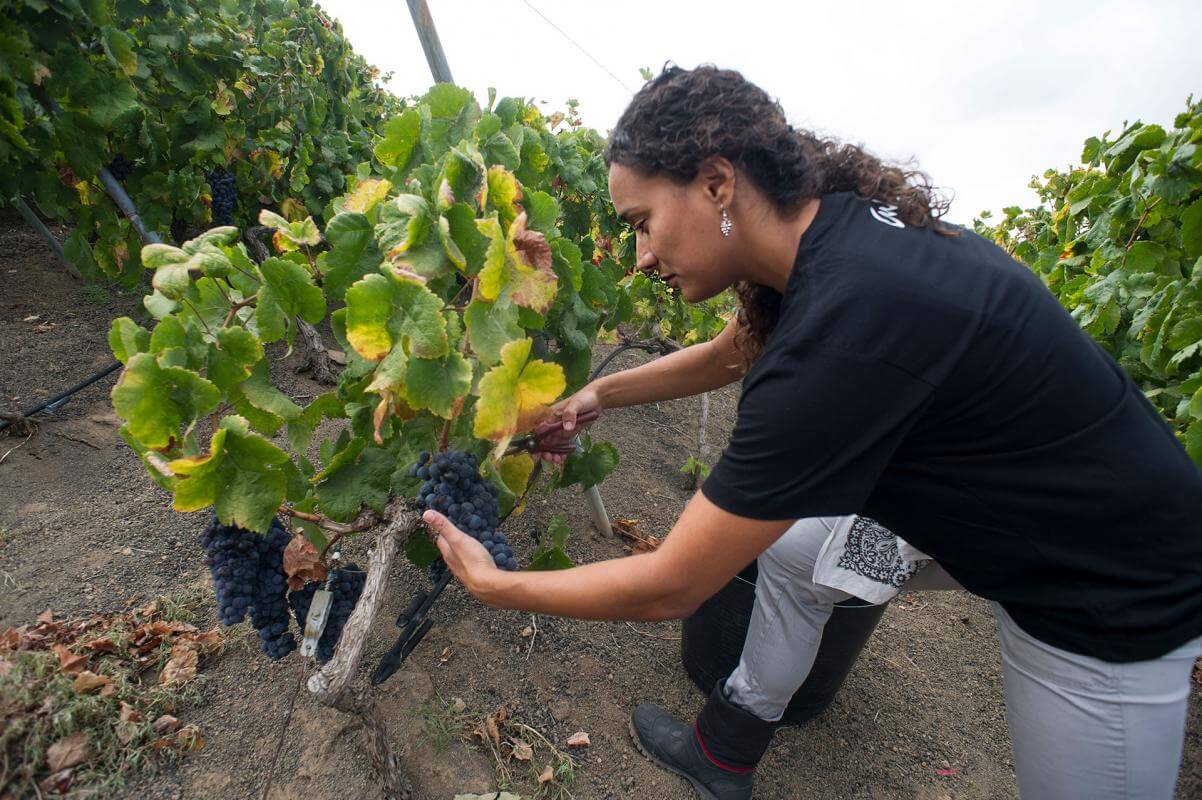
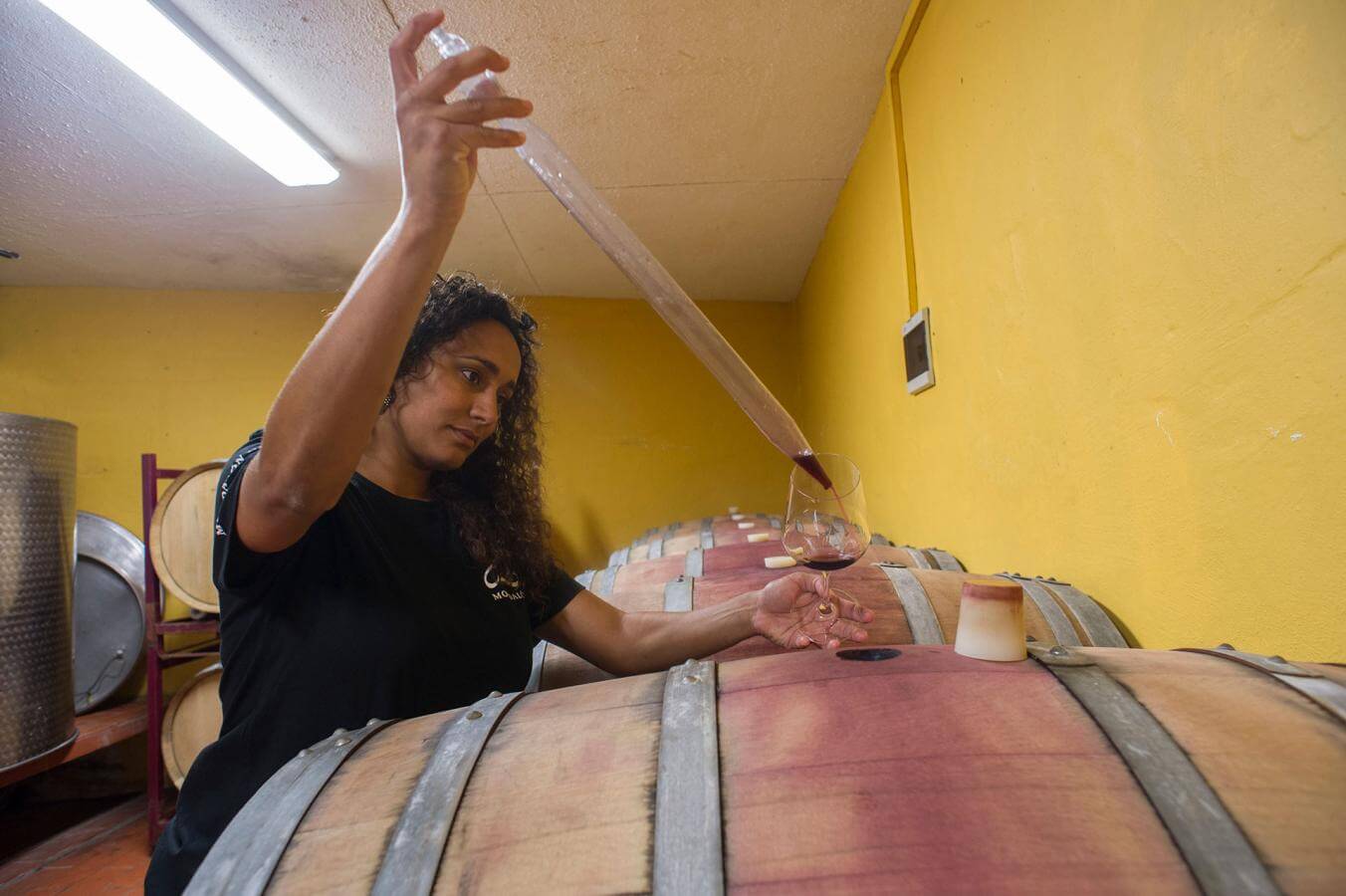
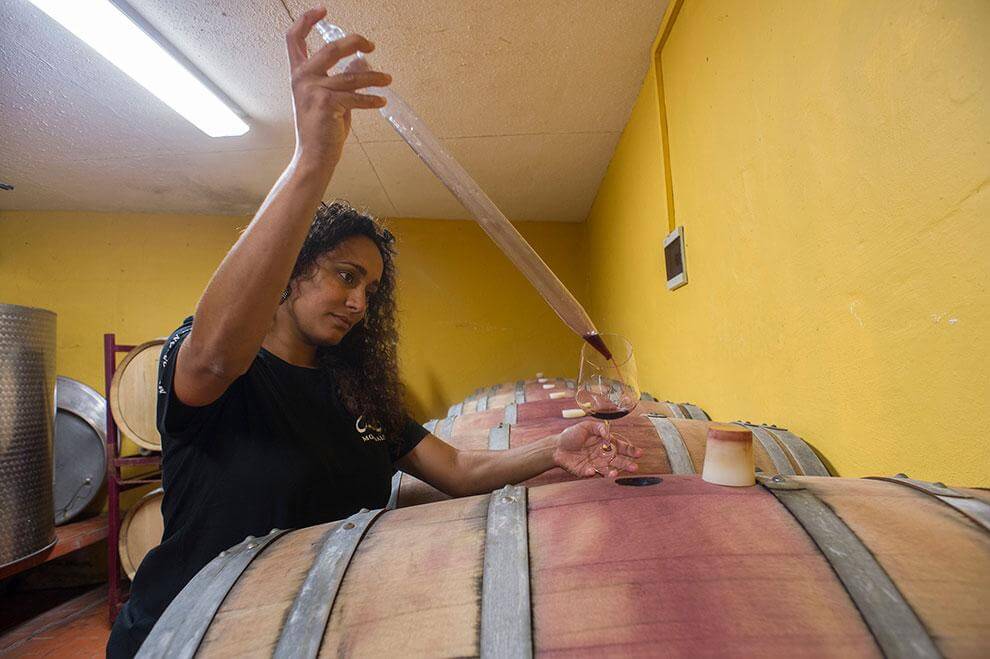
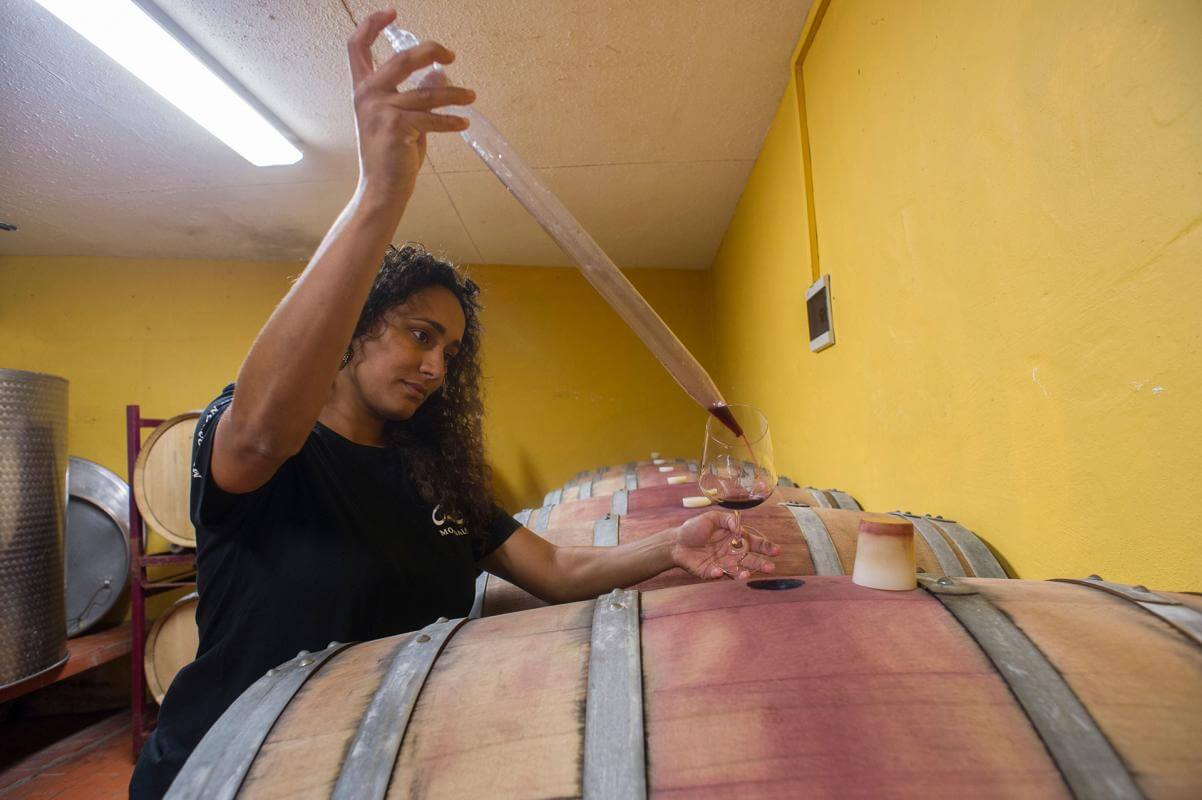
Malvasía is one of the Canary Islands most recognised wines. Restaurants such as the highly esteemed Celler Can Roca chose Malvasía wines such as Matías and Torres on their menu. The sommelier Mario Reyes explains in the book 100 Essential Wines from the Canary Islands that Malvasía wines: “seek to respect tradition: the grapes are trodden on by foot in old wineries. There is a two-day maceration process and a yield of below 50 percent of the pressed kilos…it is a perfume made with grapes, a sweet elongated taste.”
On the Matías and Torres winery in La Palma another woman runs the show. Before she took over, Victoria Torres’s family had been running the winery for generations. Torres explains with her father by her side that despite the great progress that has been made in the industry much can still be done to help women. “When it comes to the [vital] decision as to when to harvest, gender still carries weight,” she says.
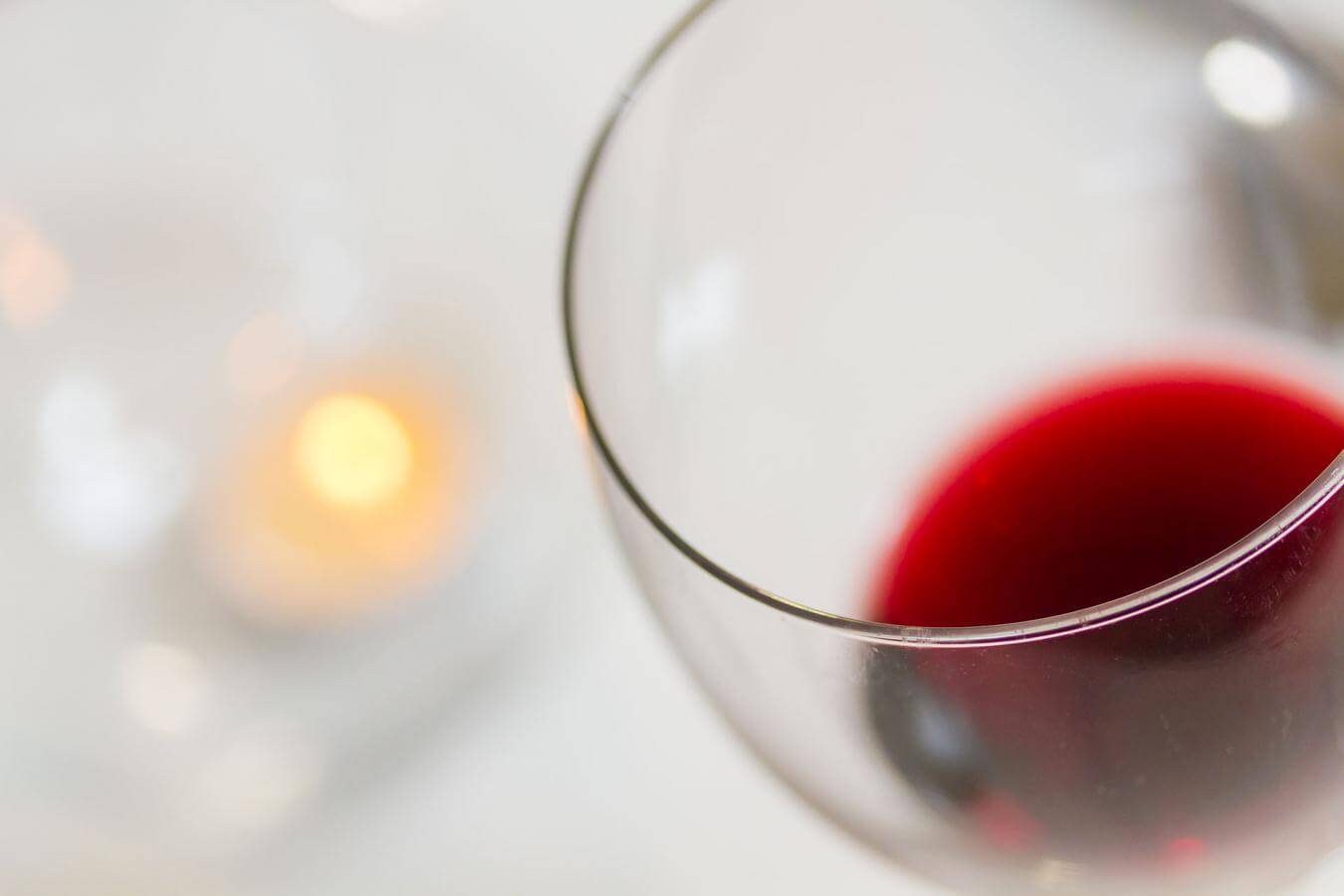
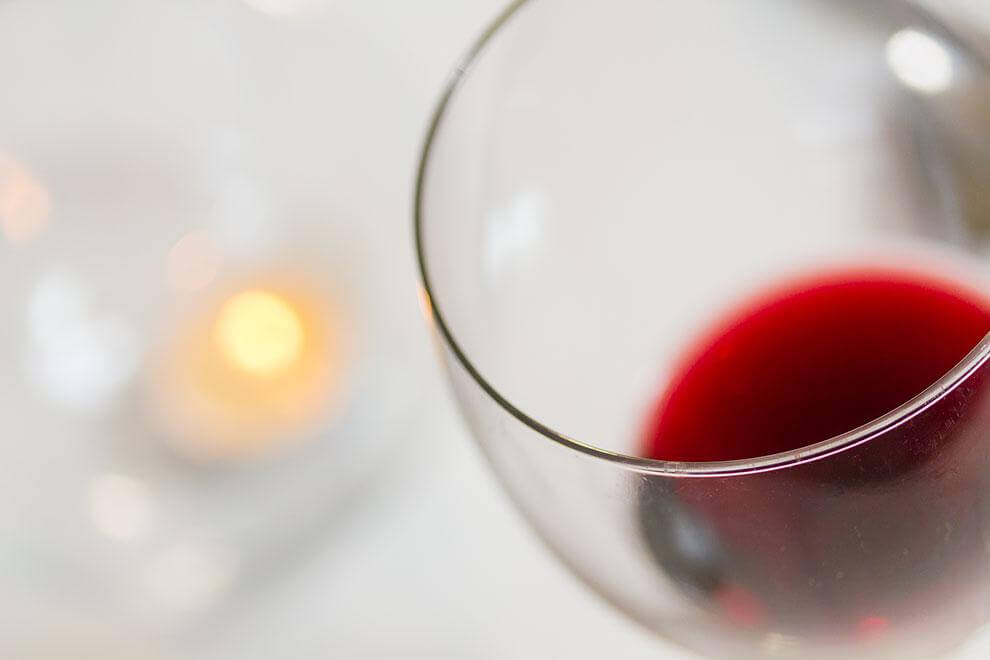
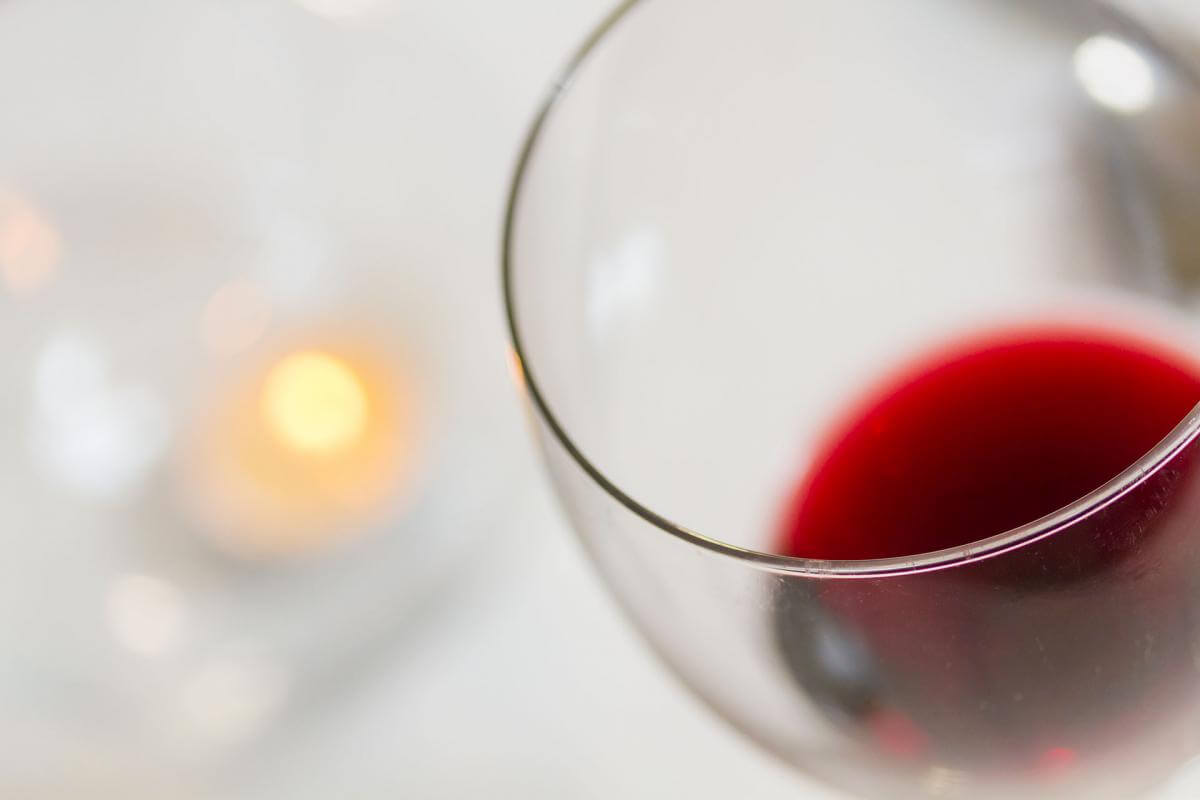
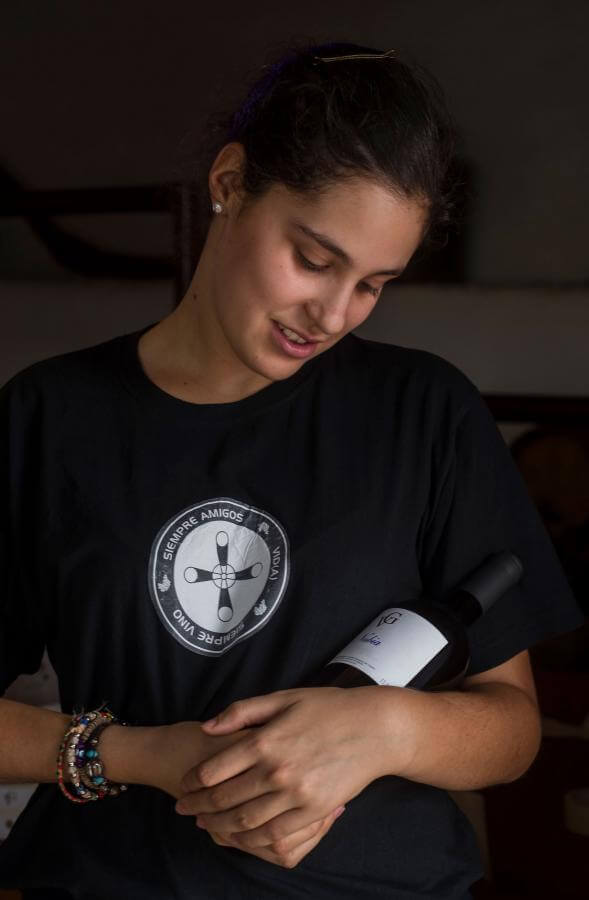
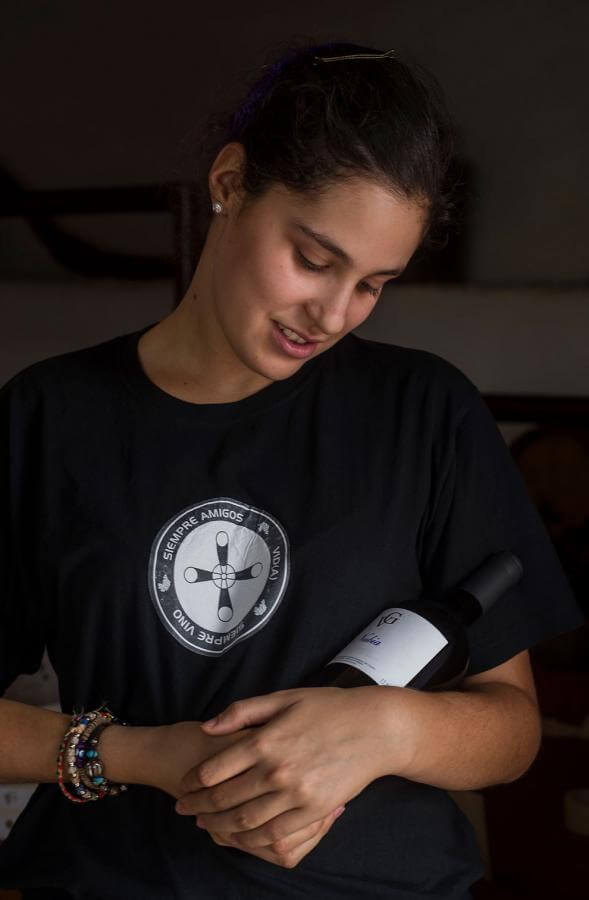
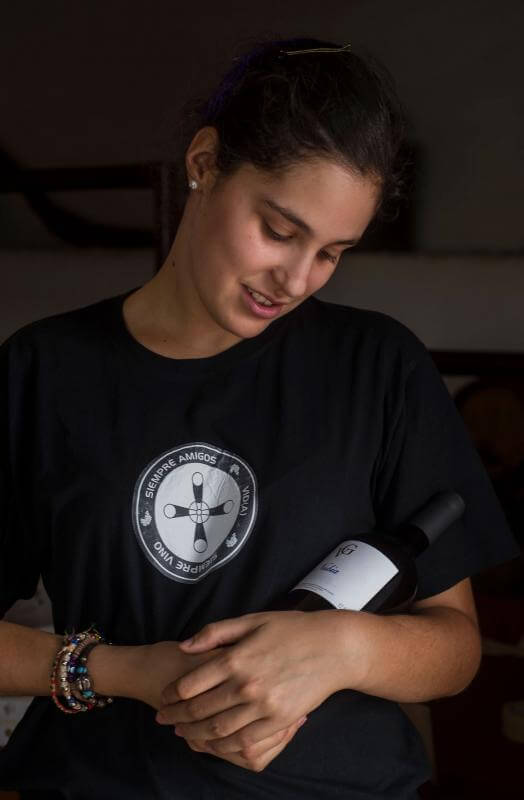
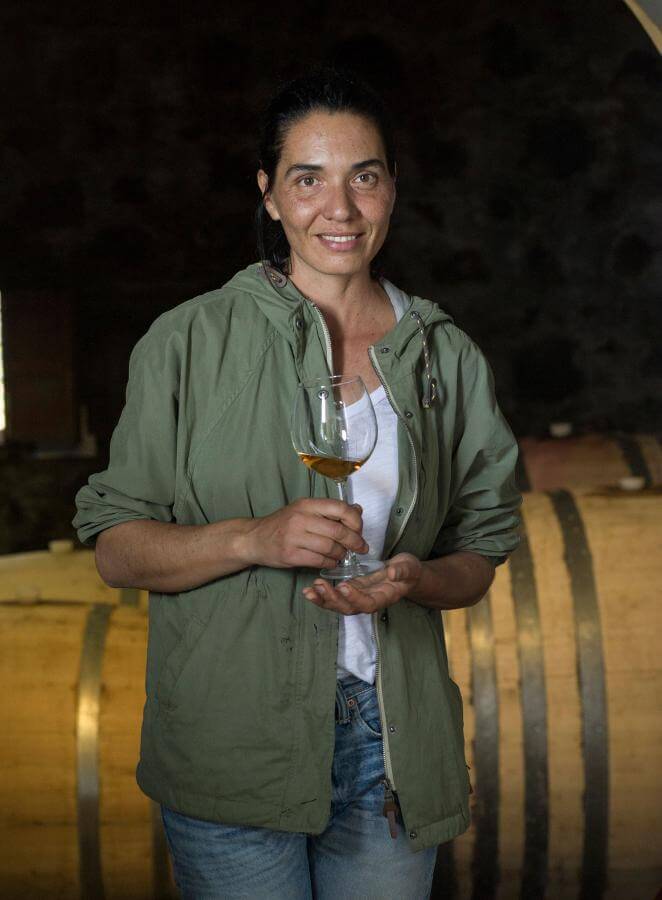
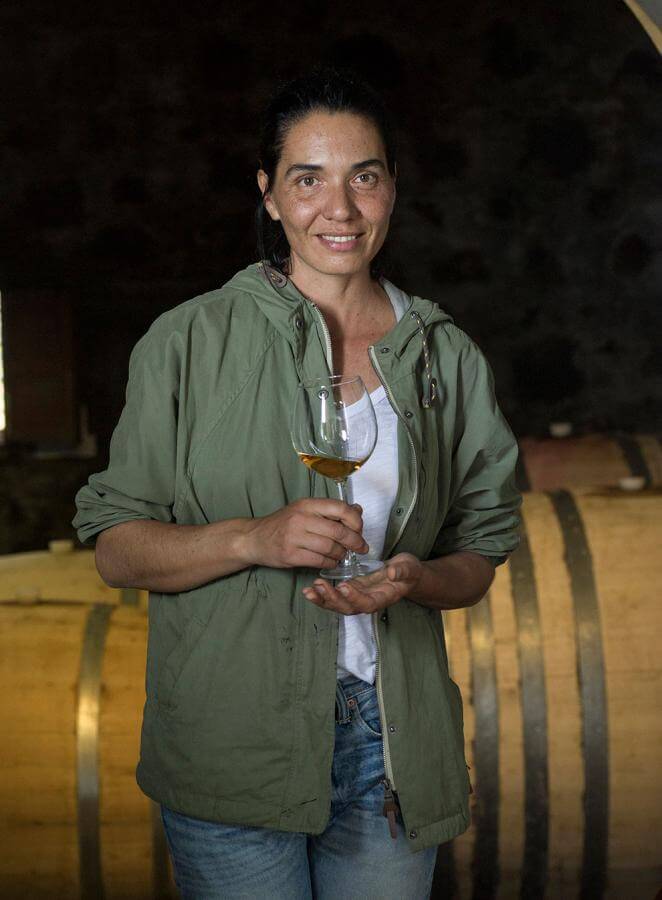
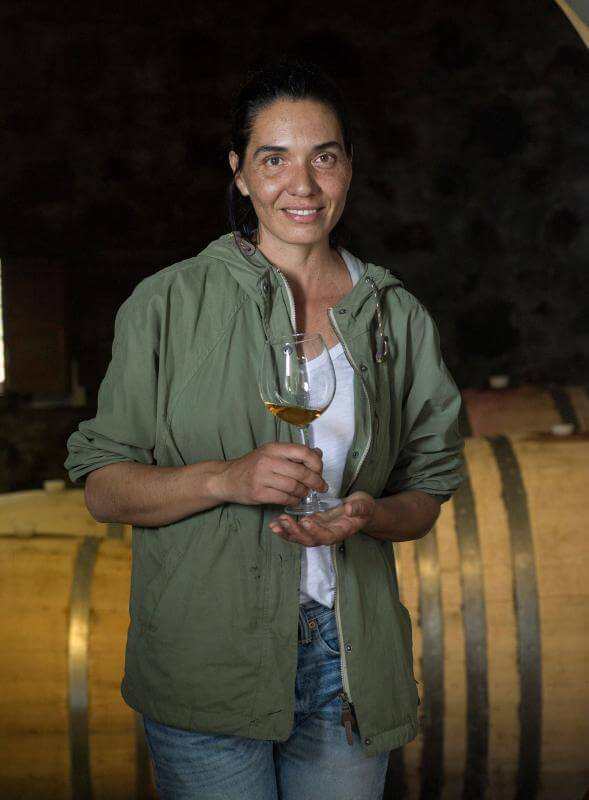
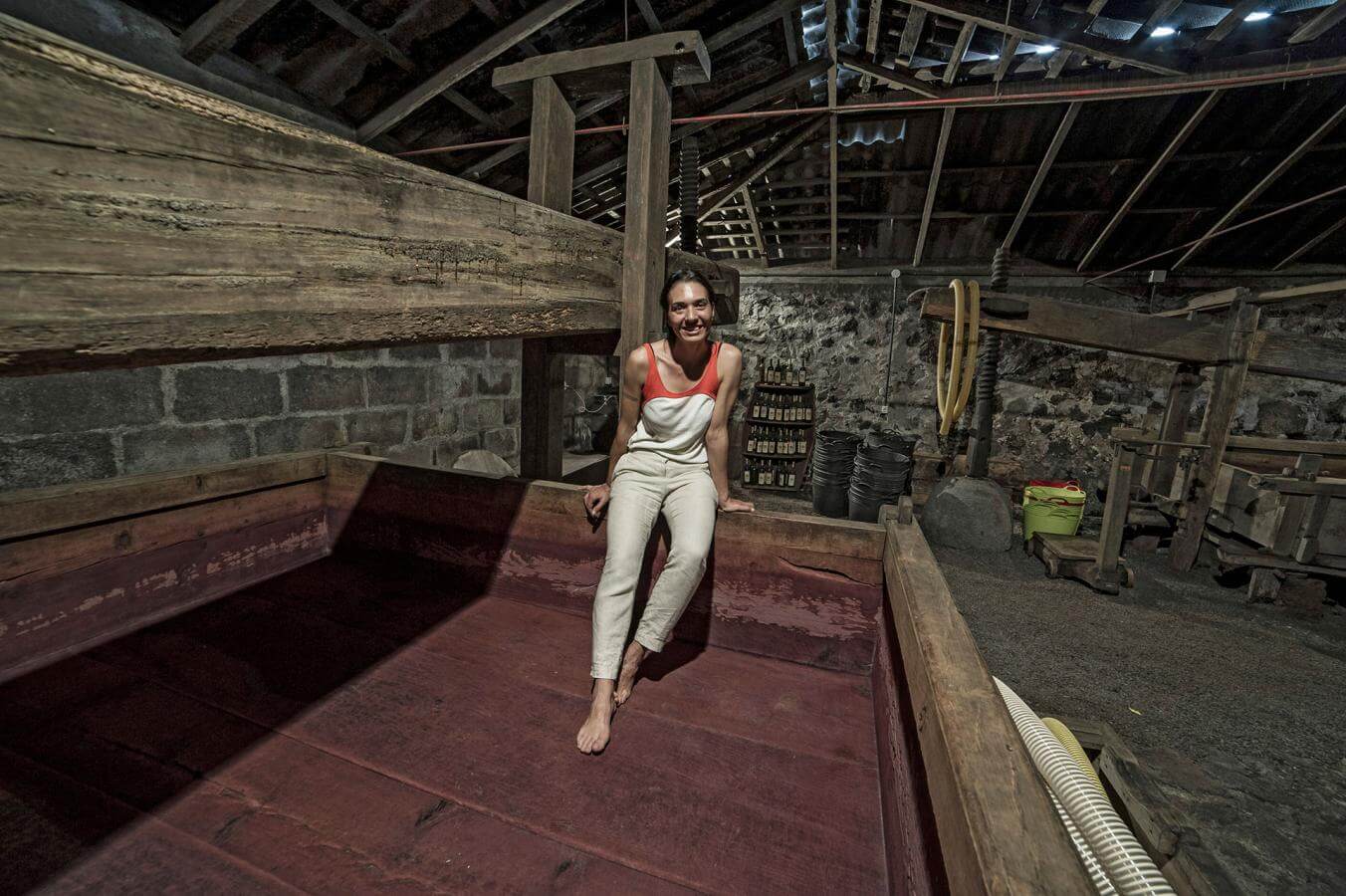
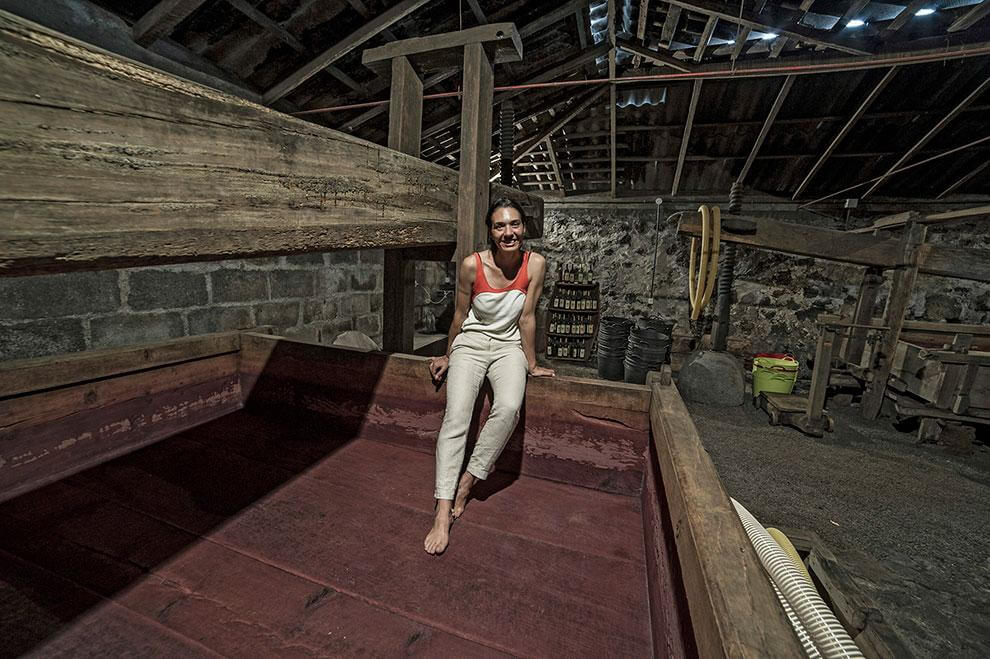
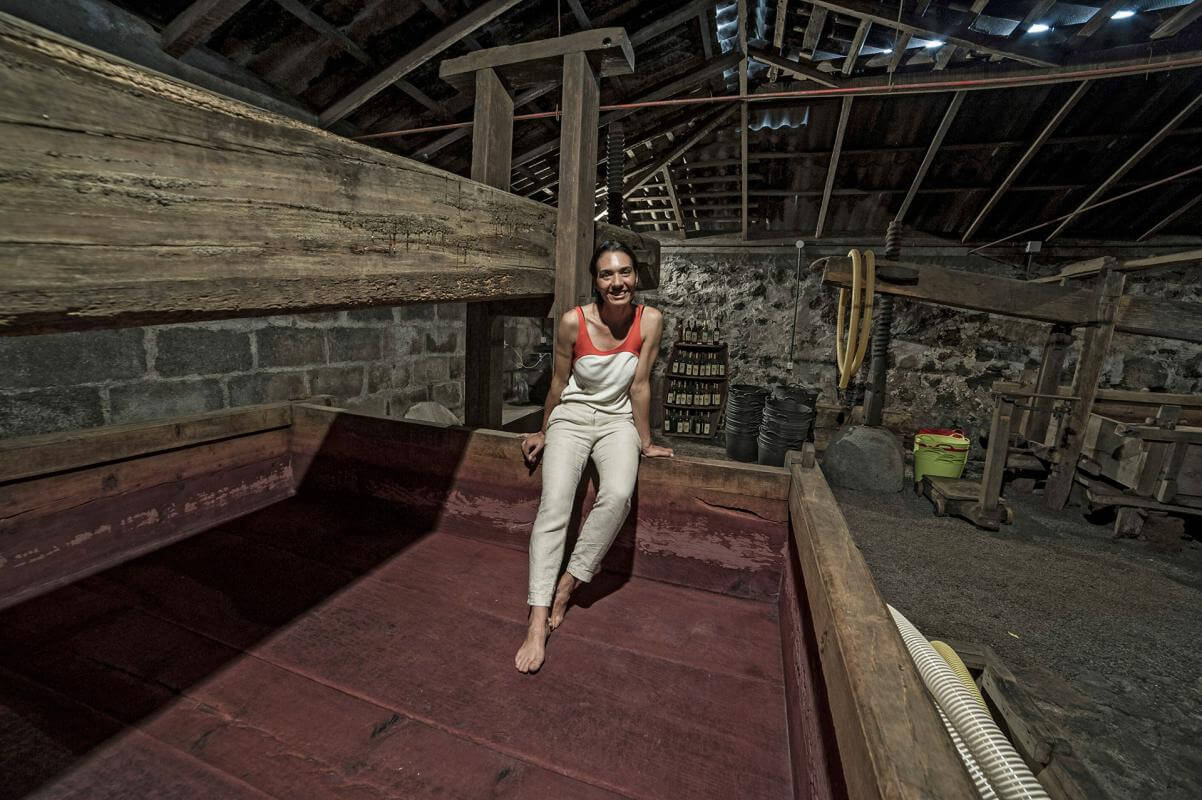
Luckily with so many women in positions of power now, the final stages of the women’s wine revolution won’t be long in the making.


